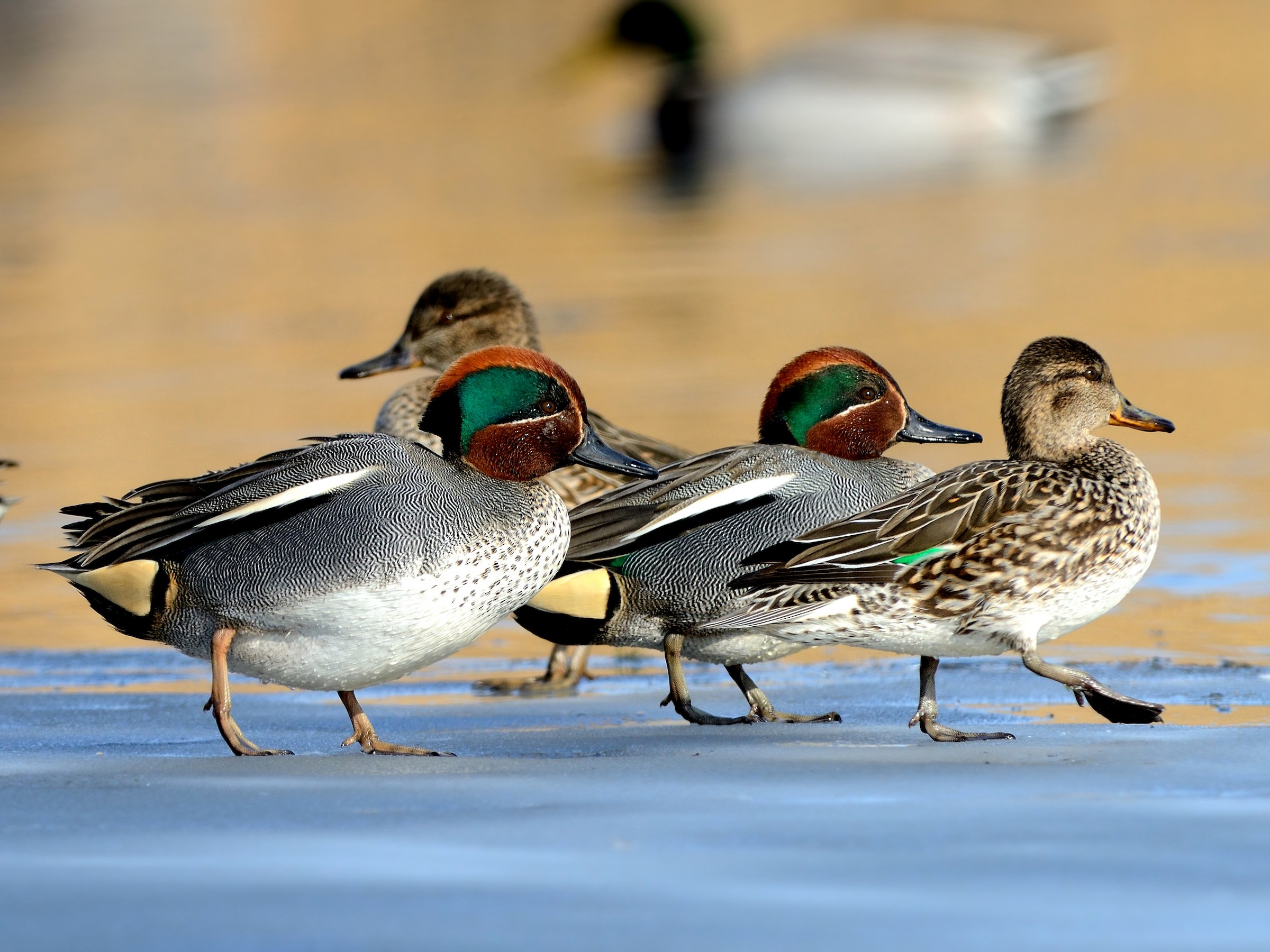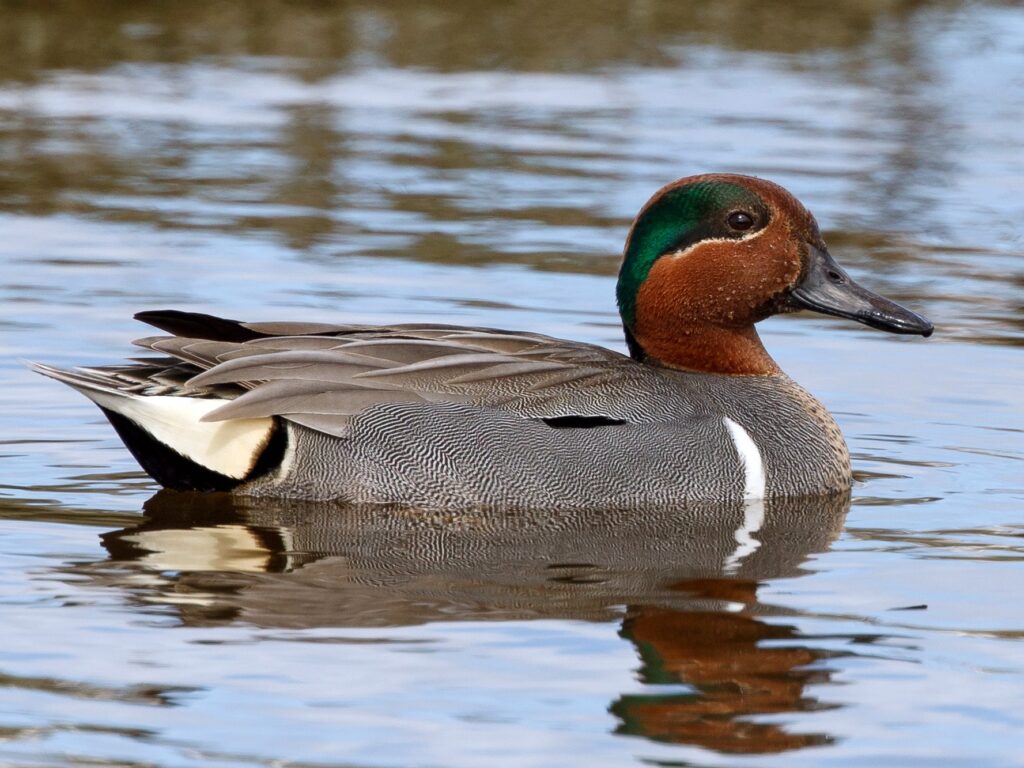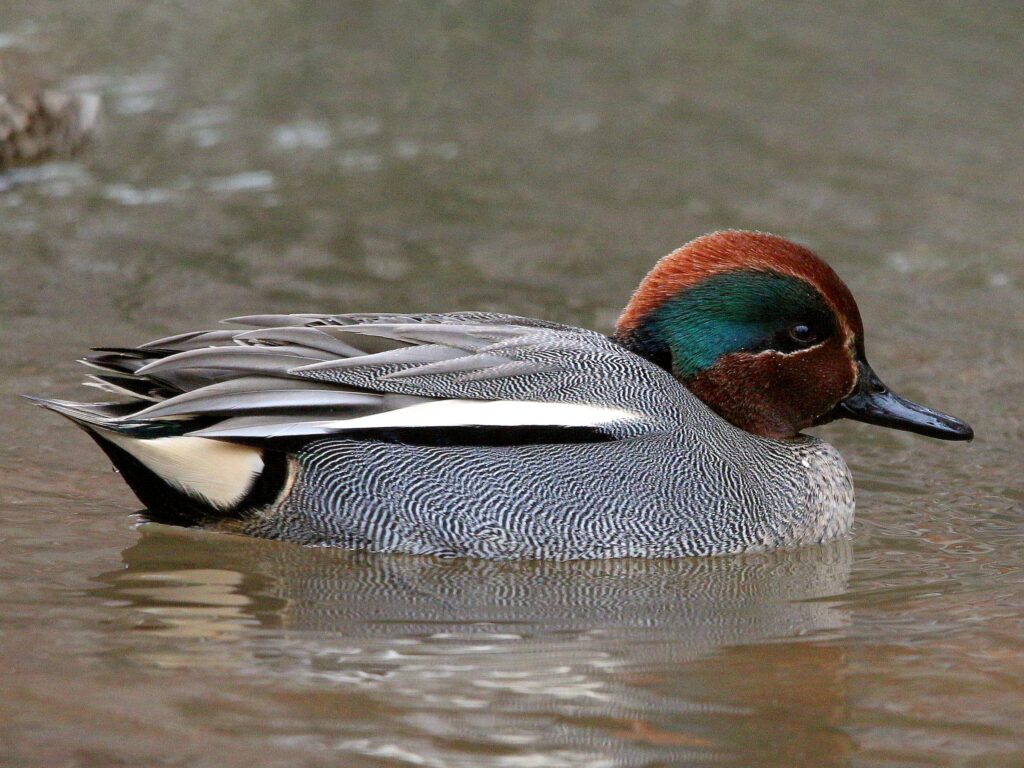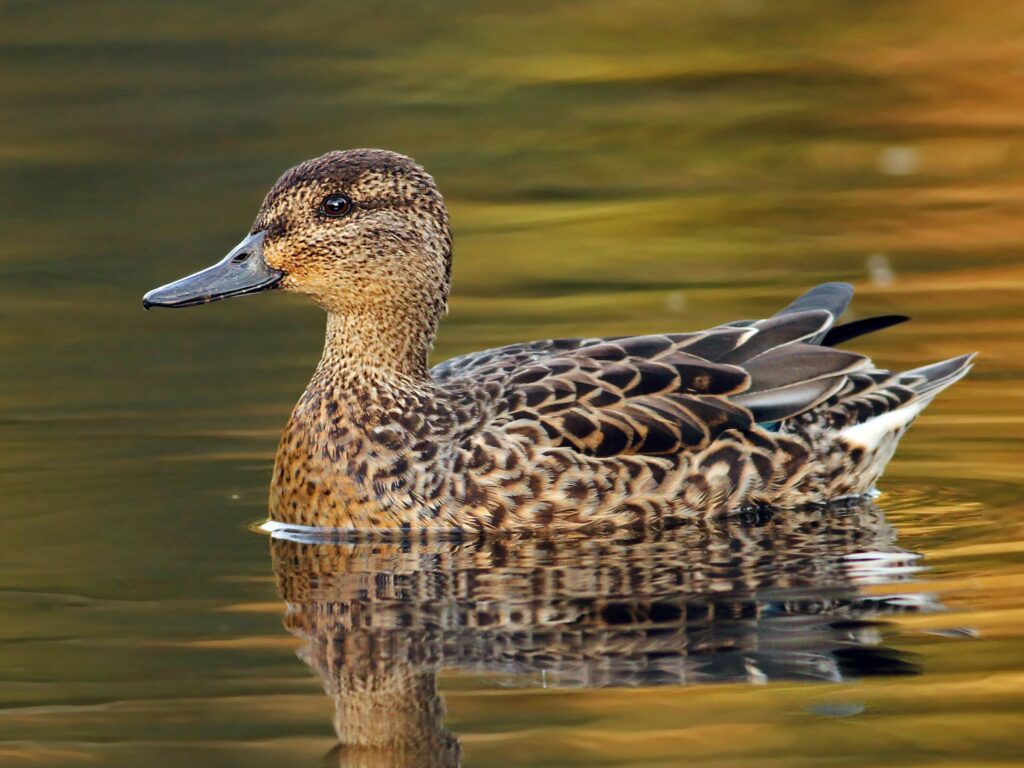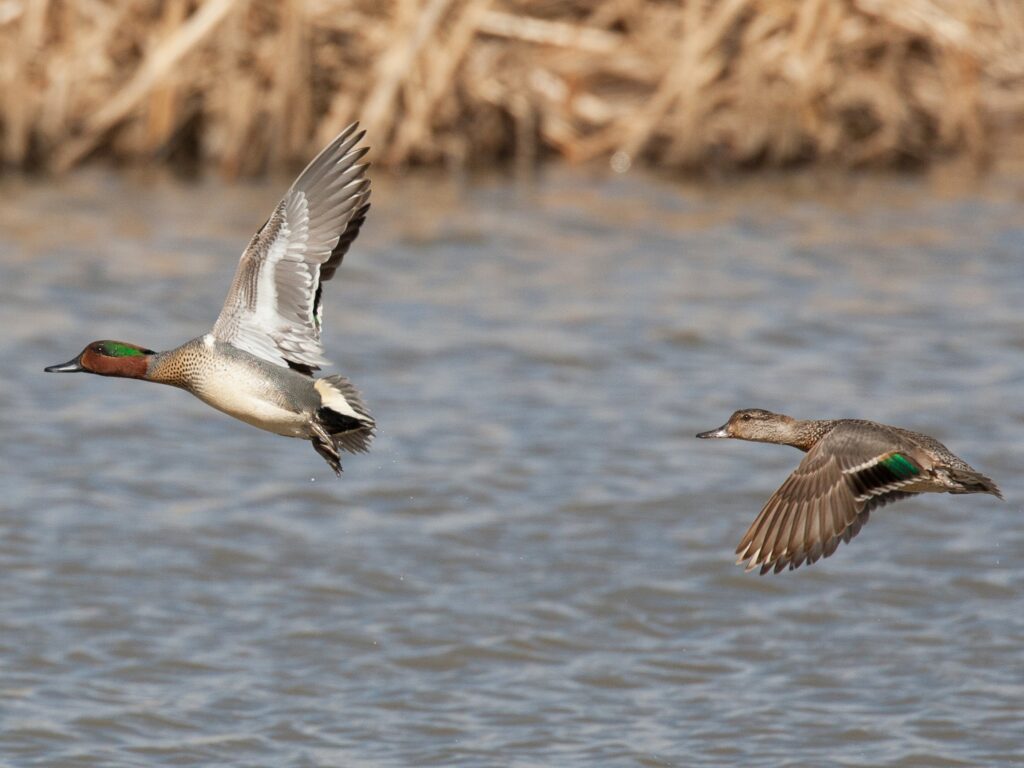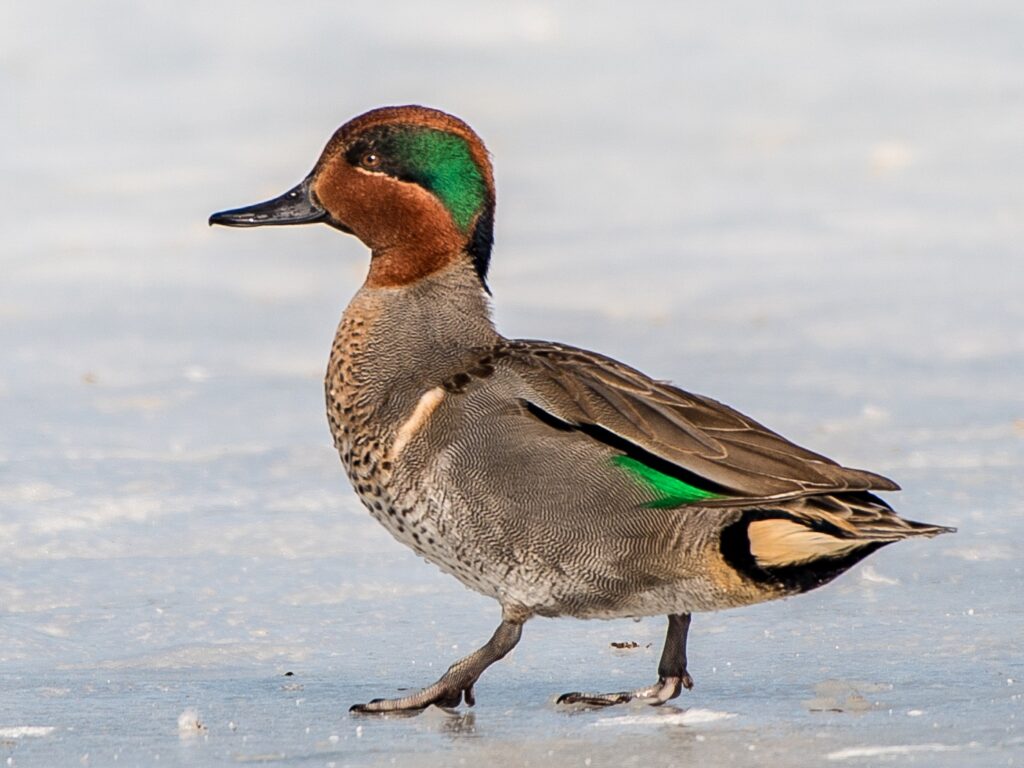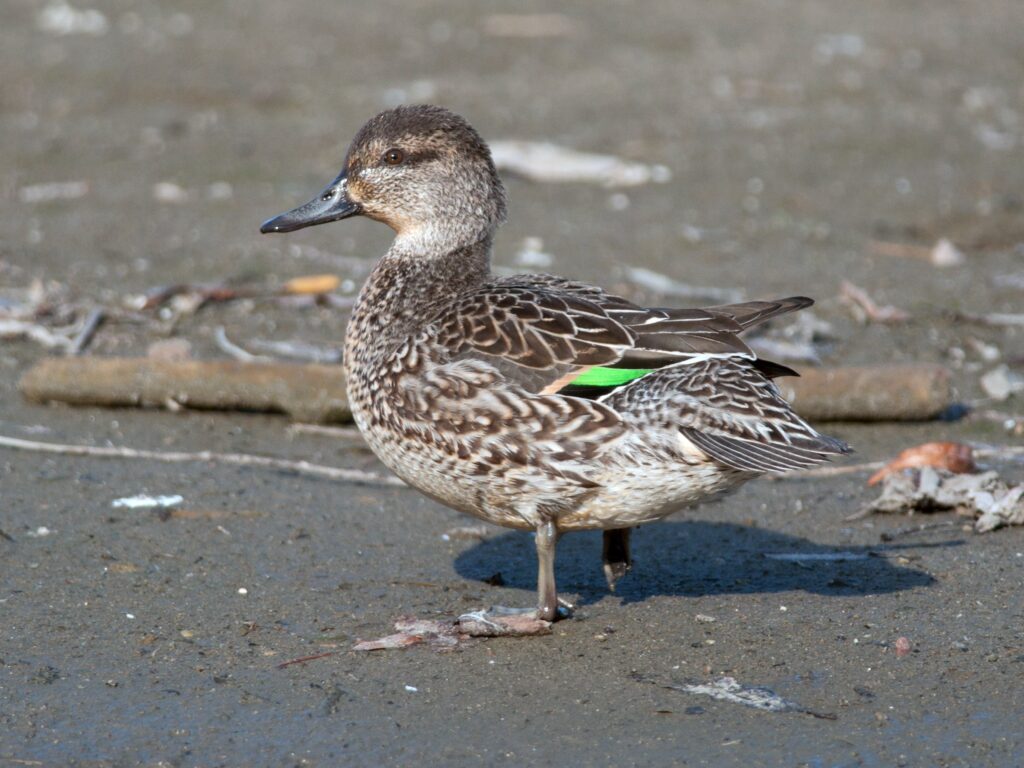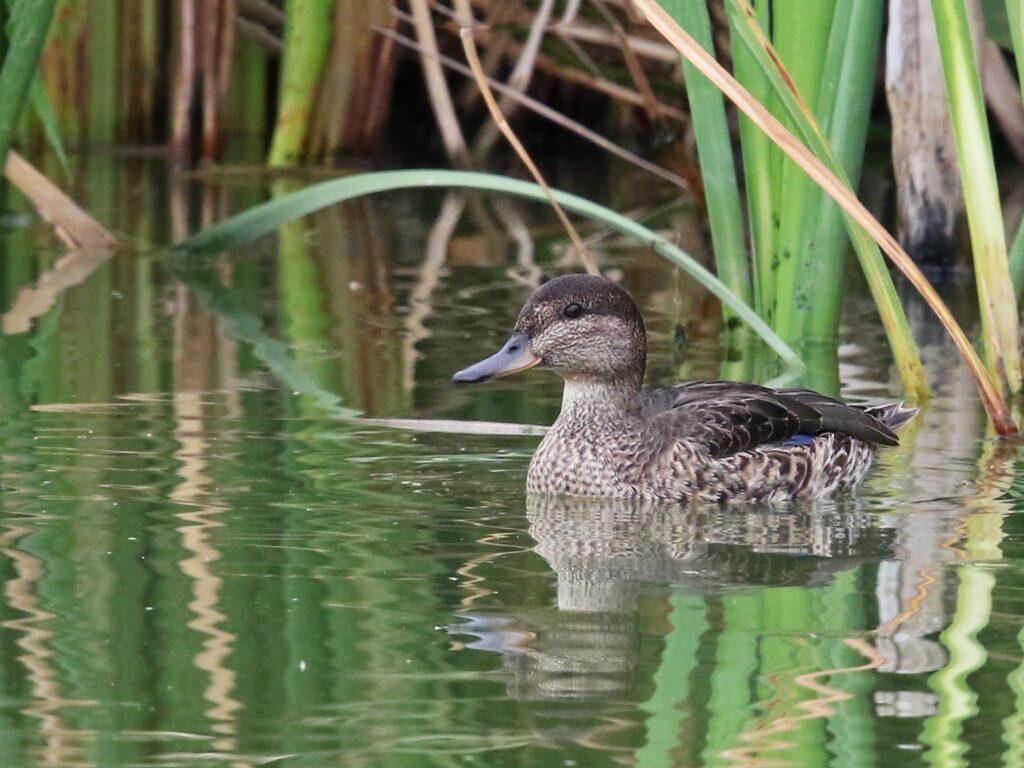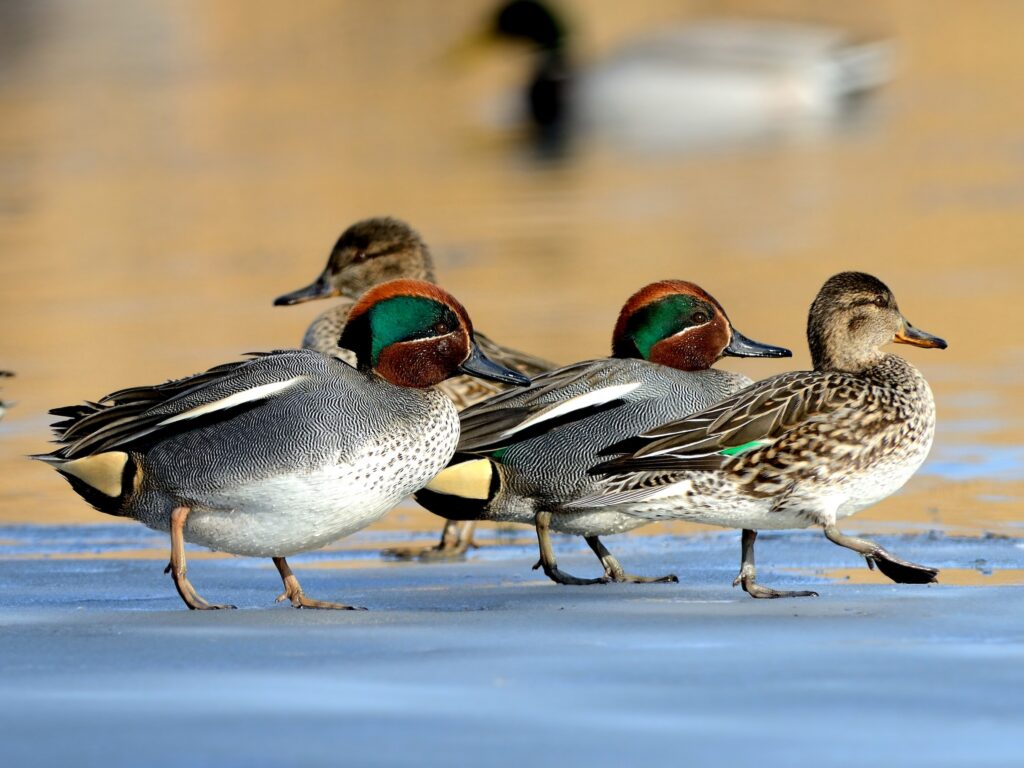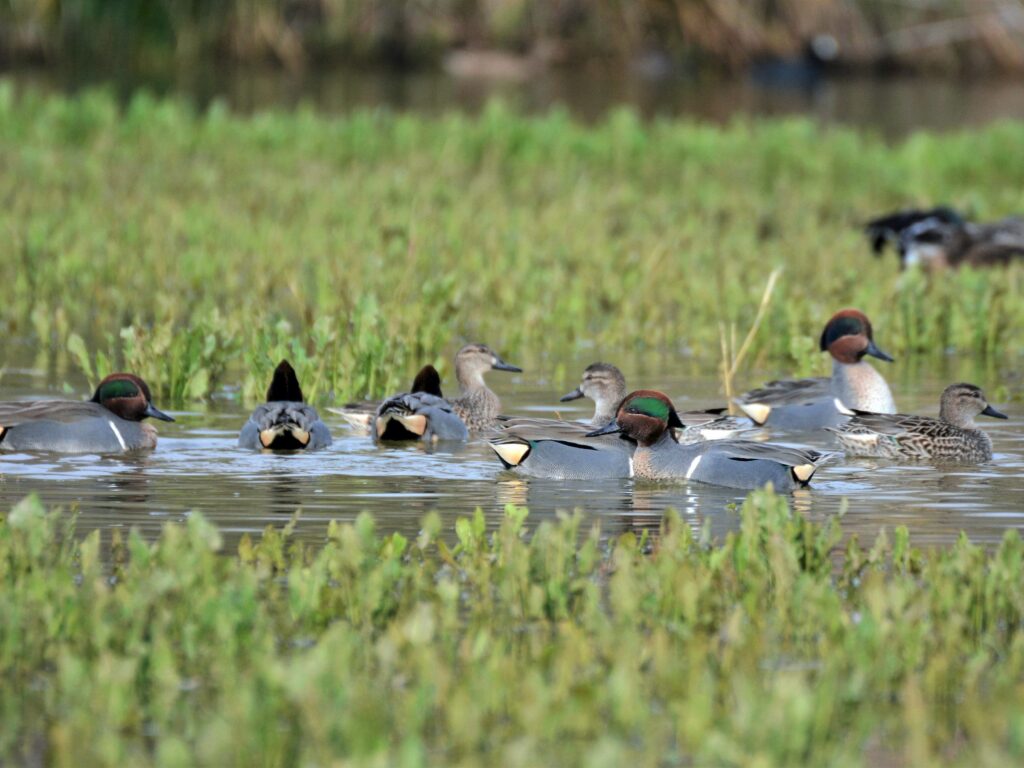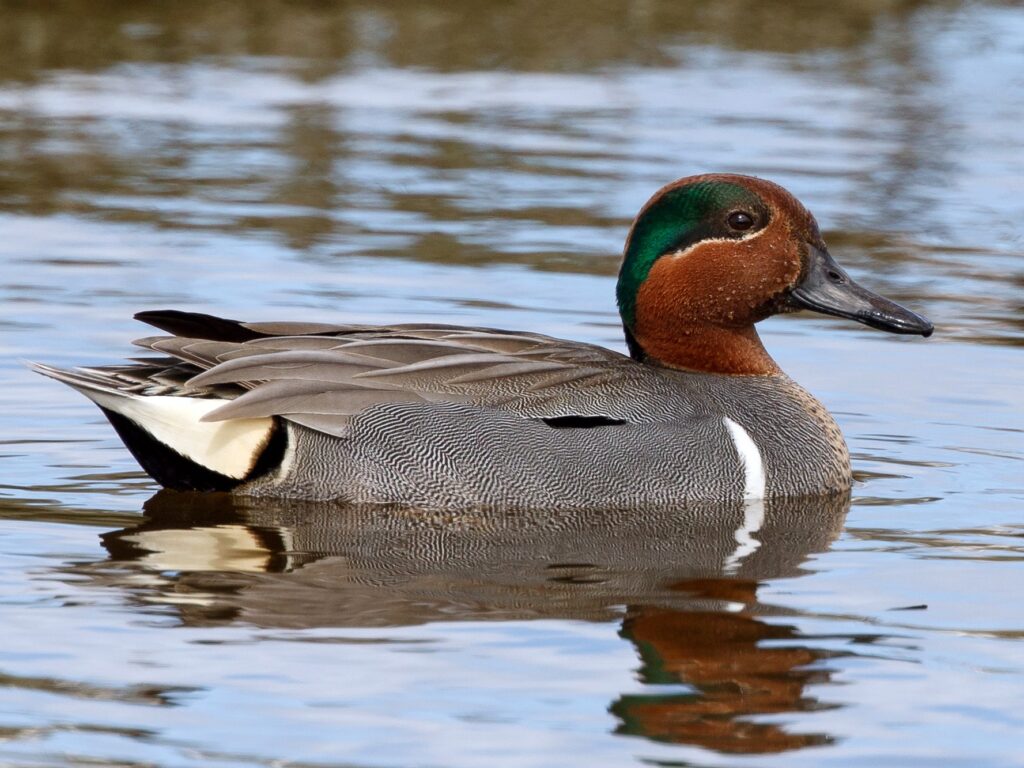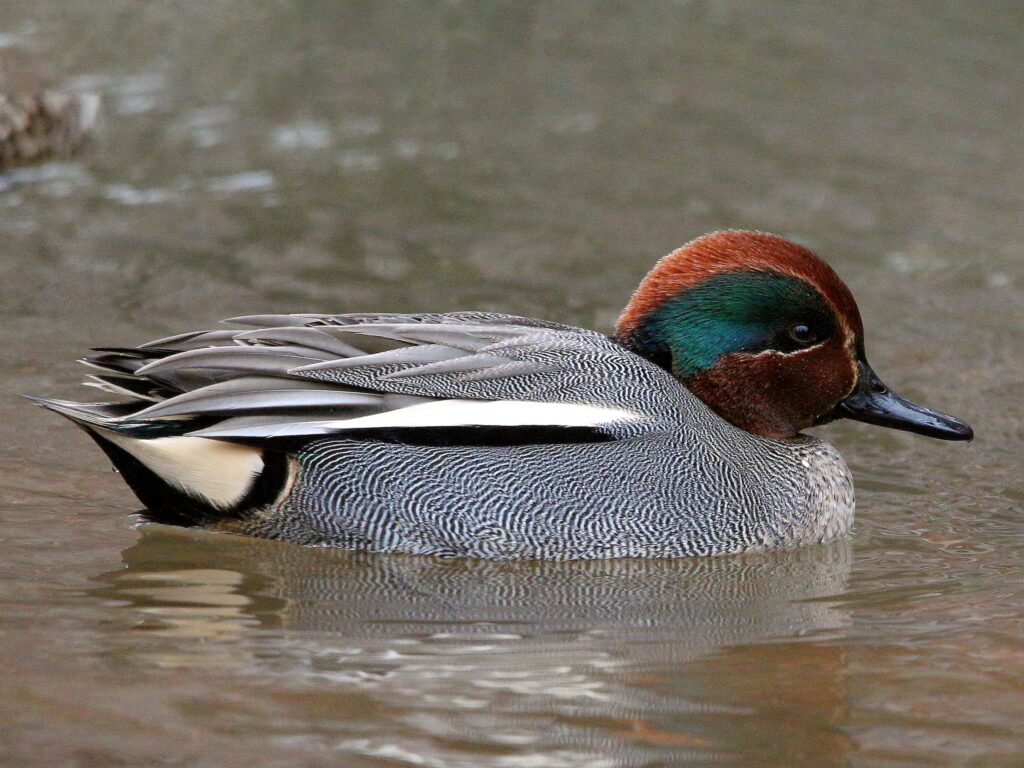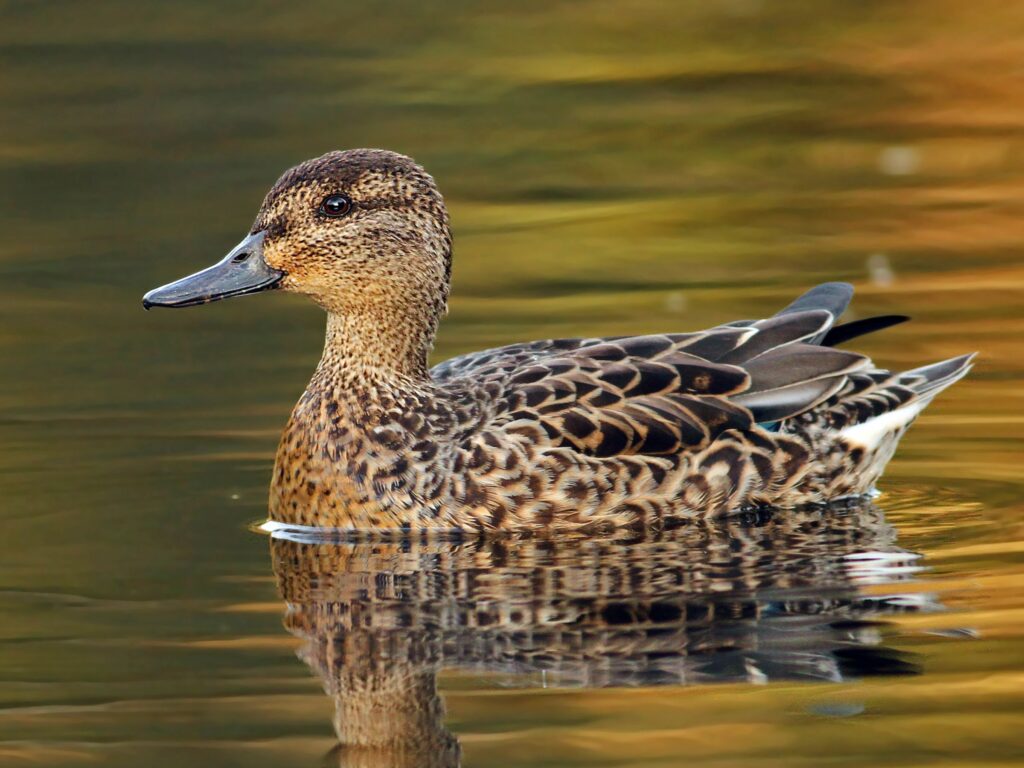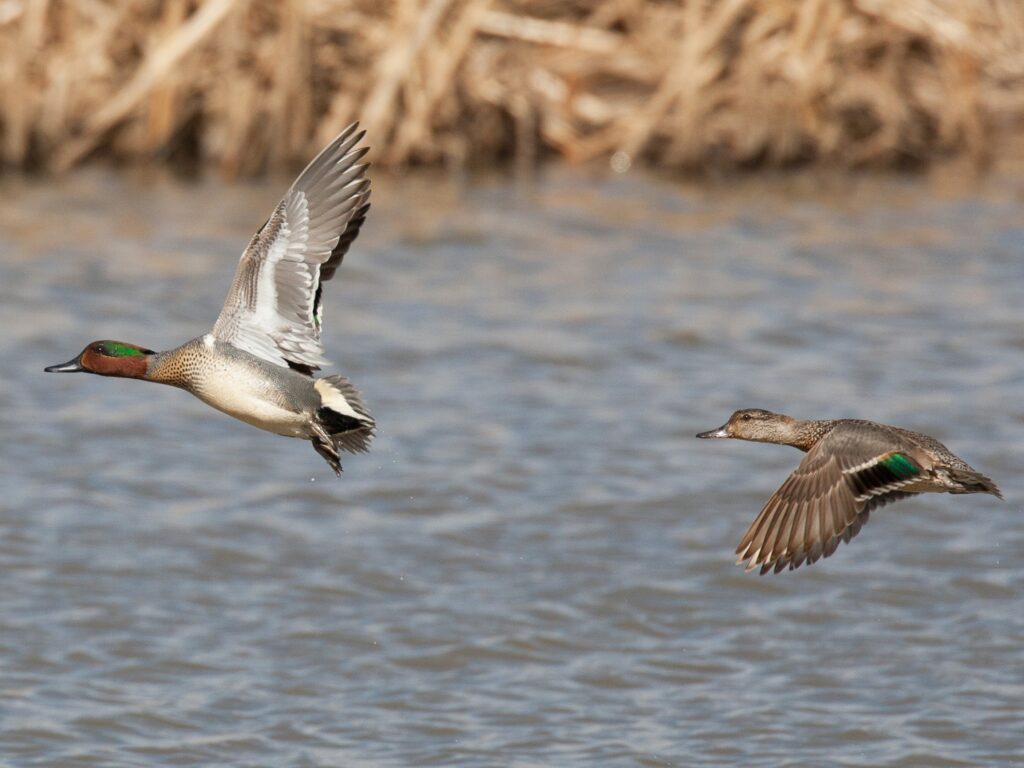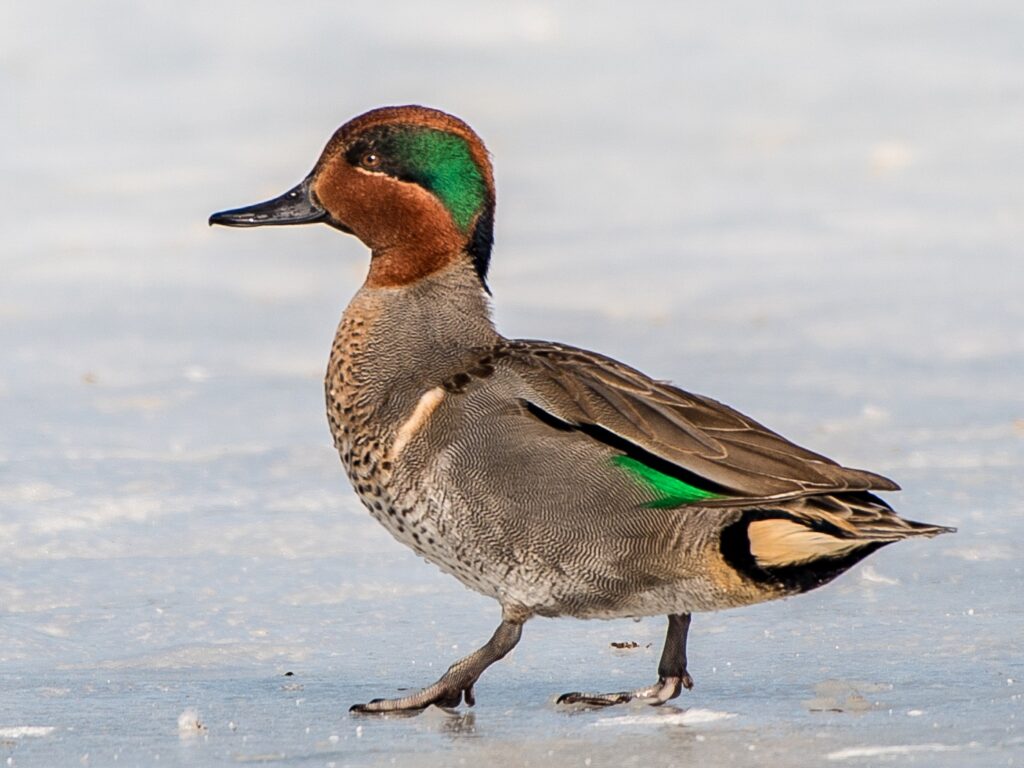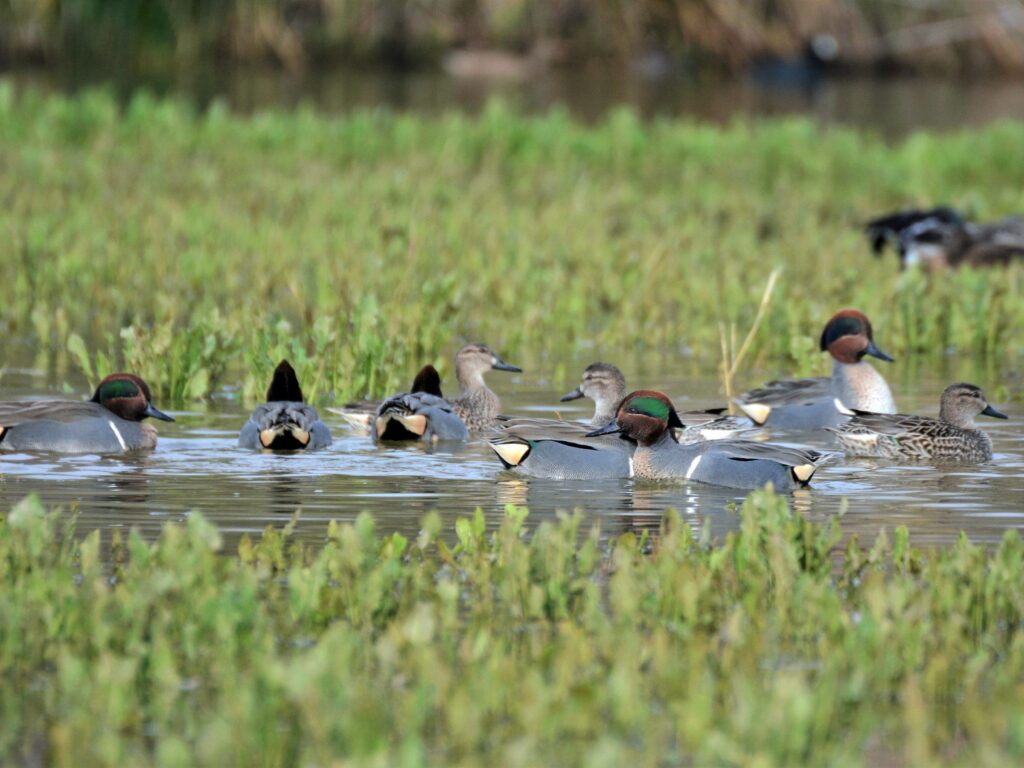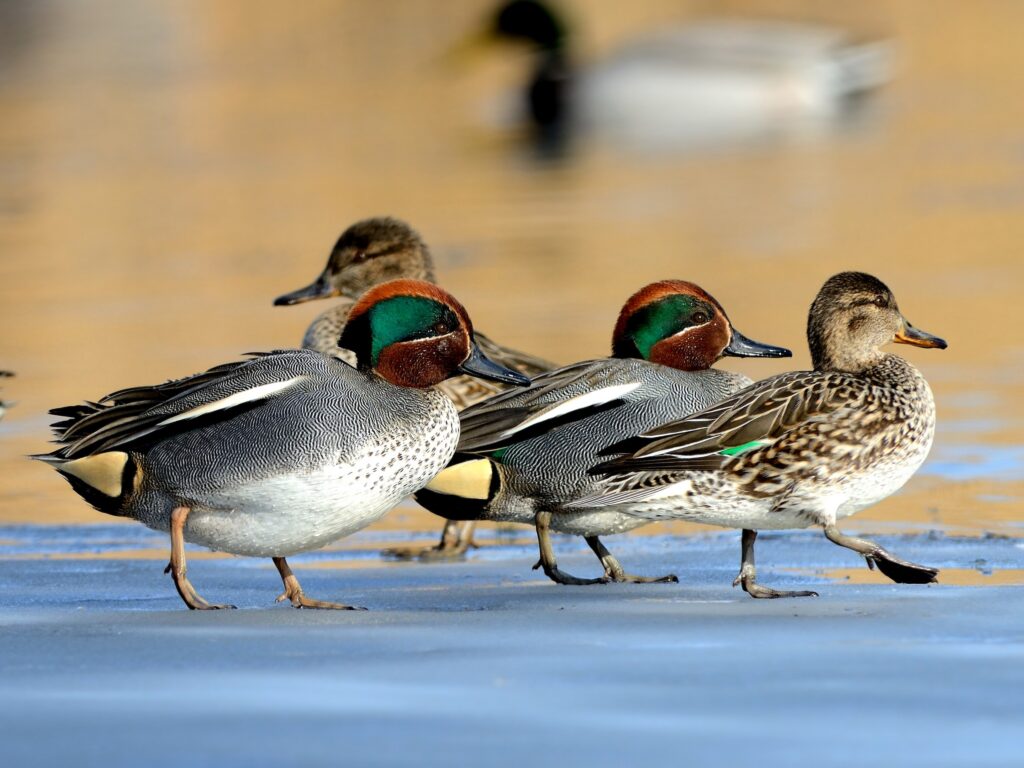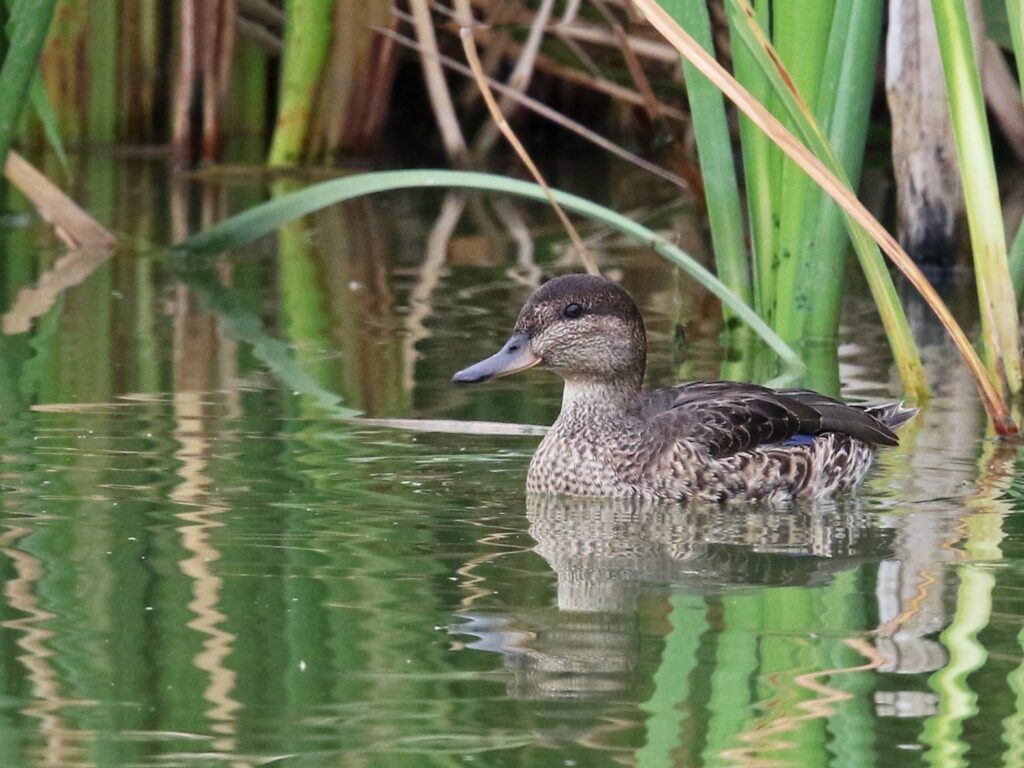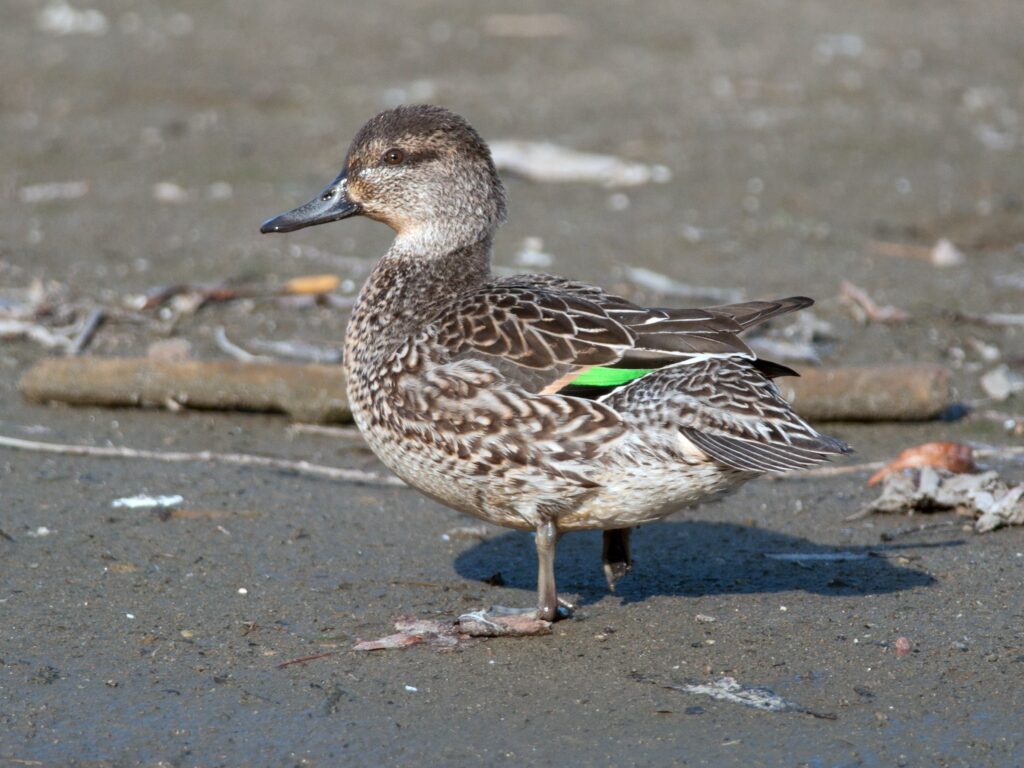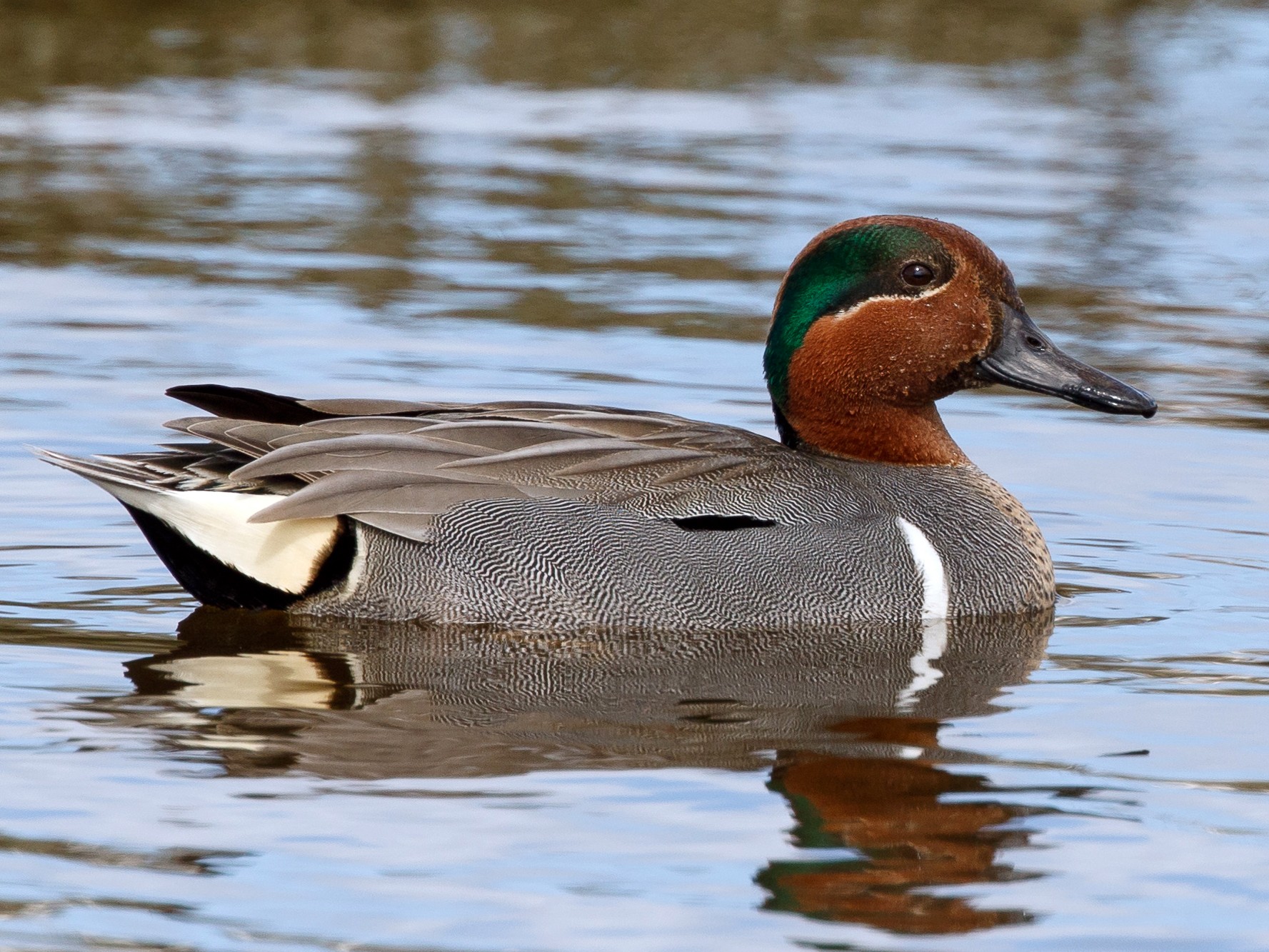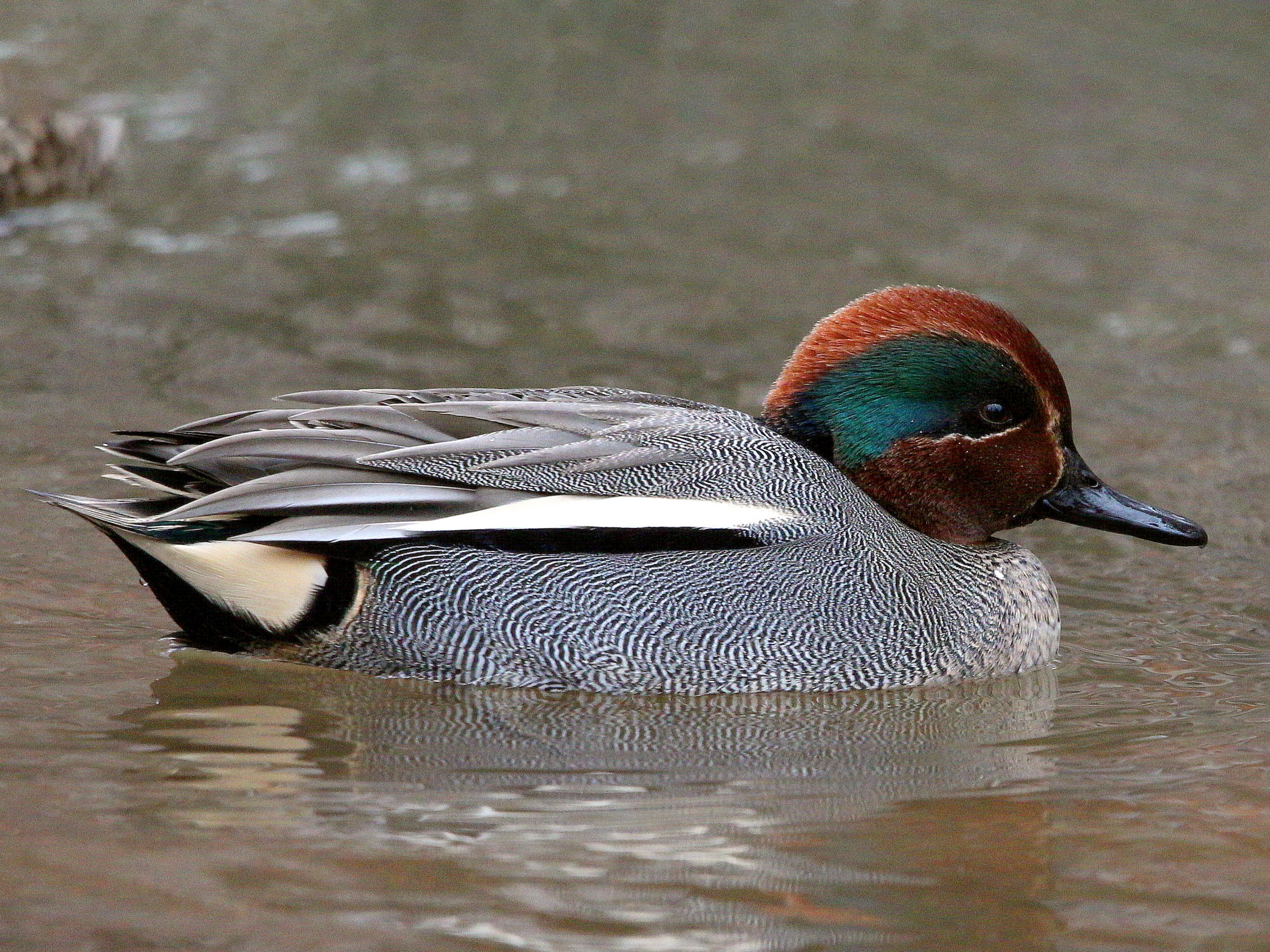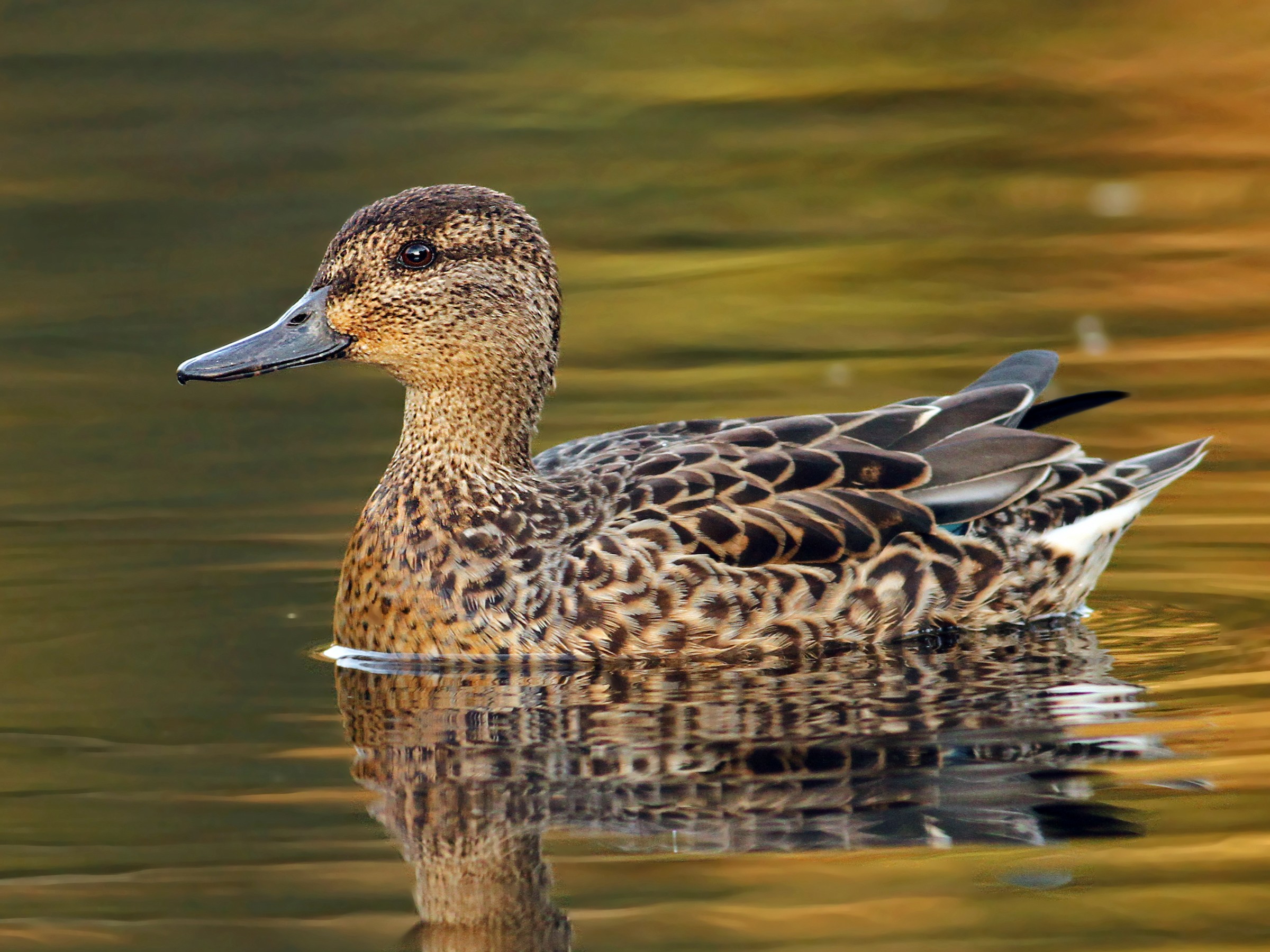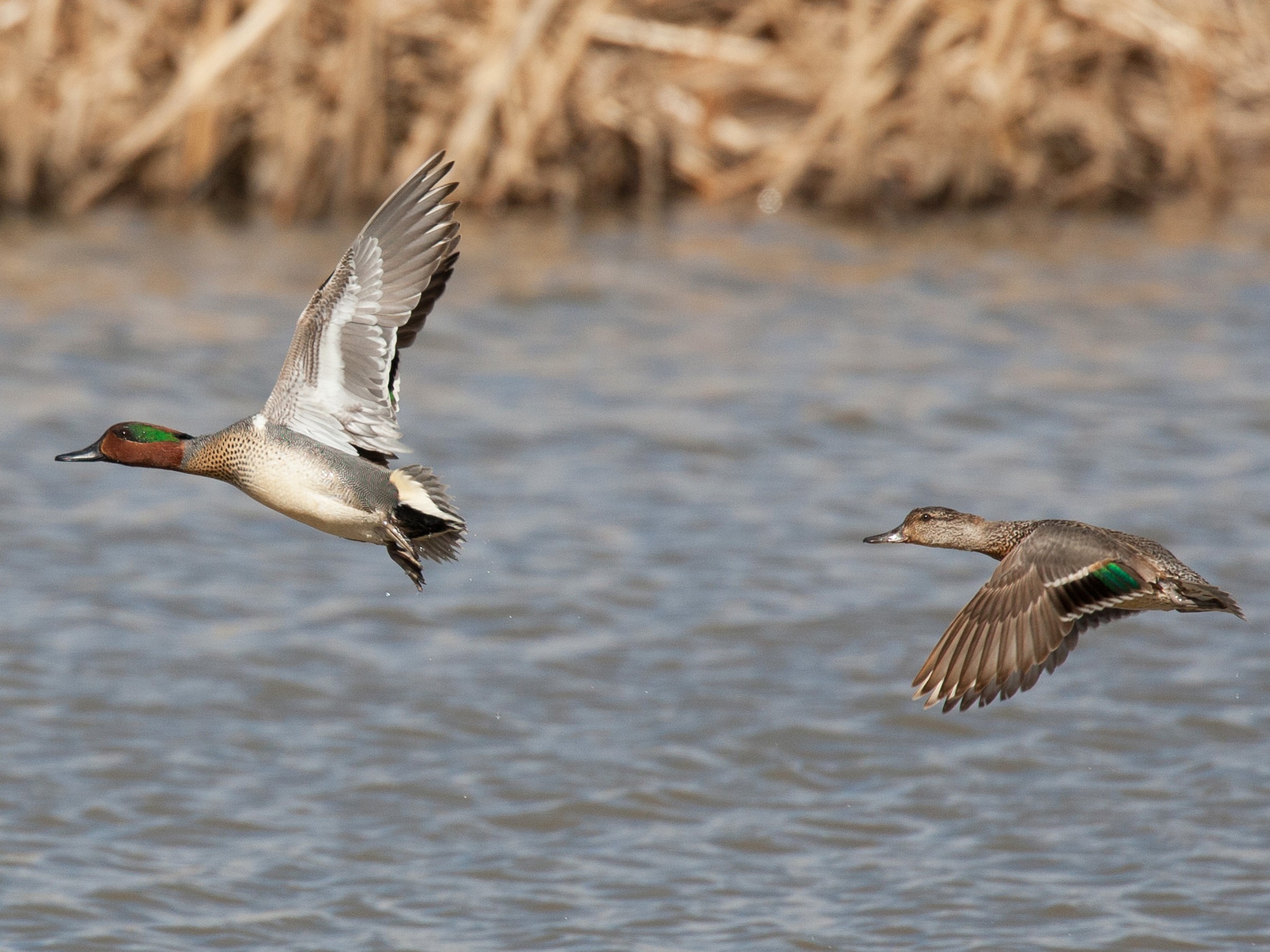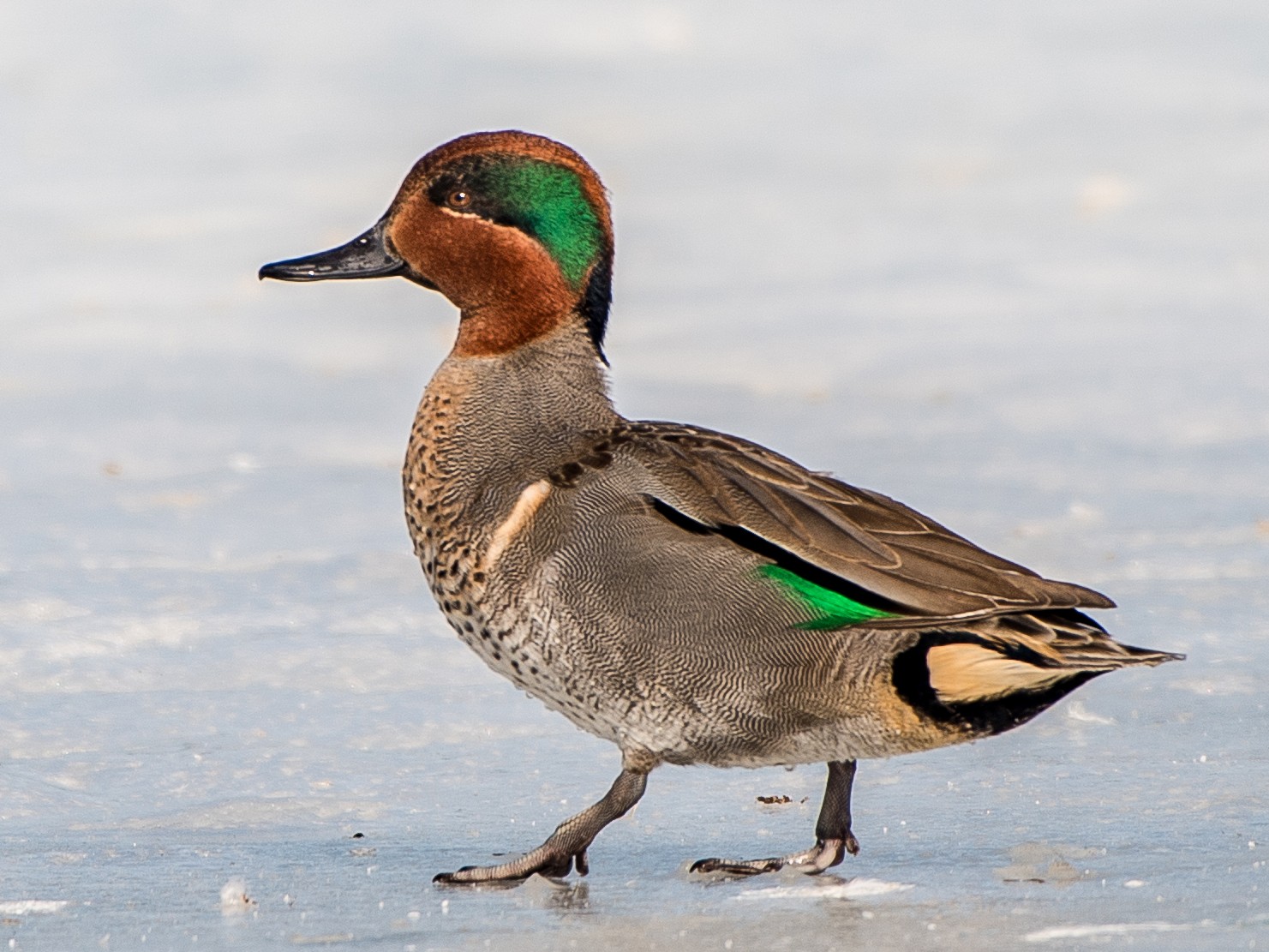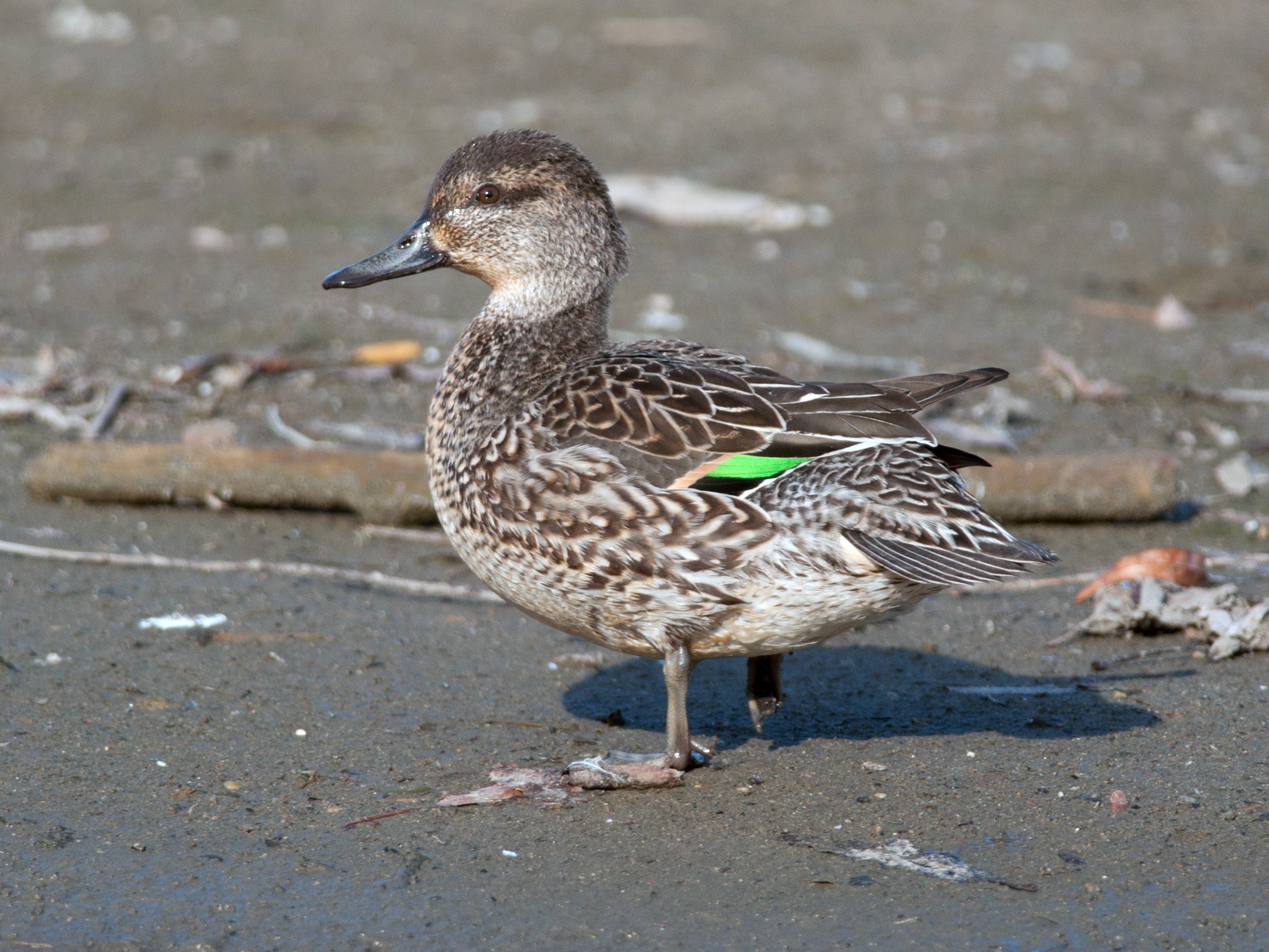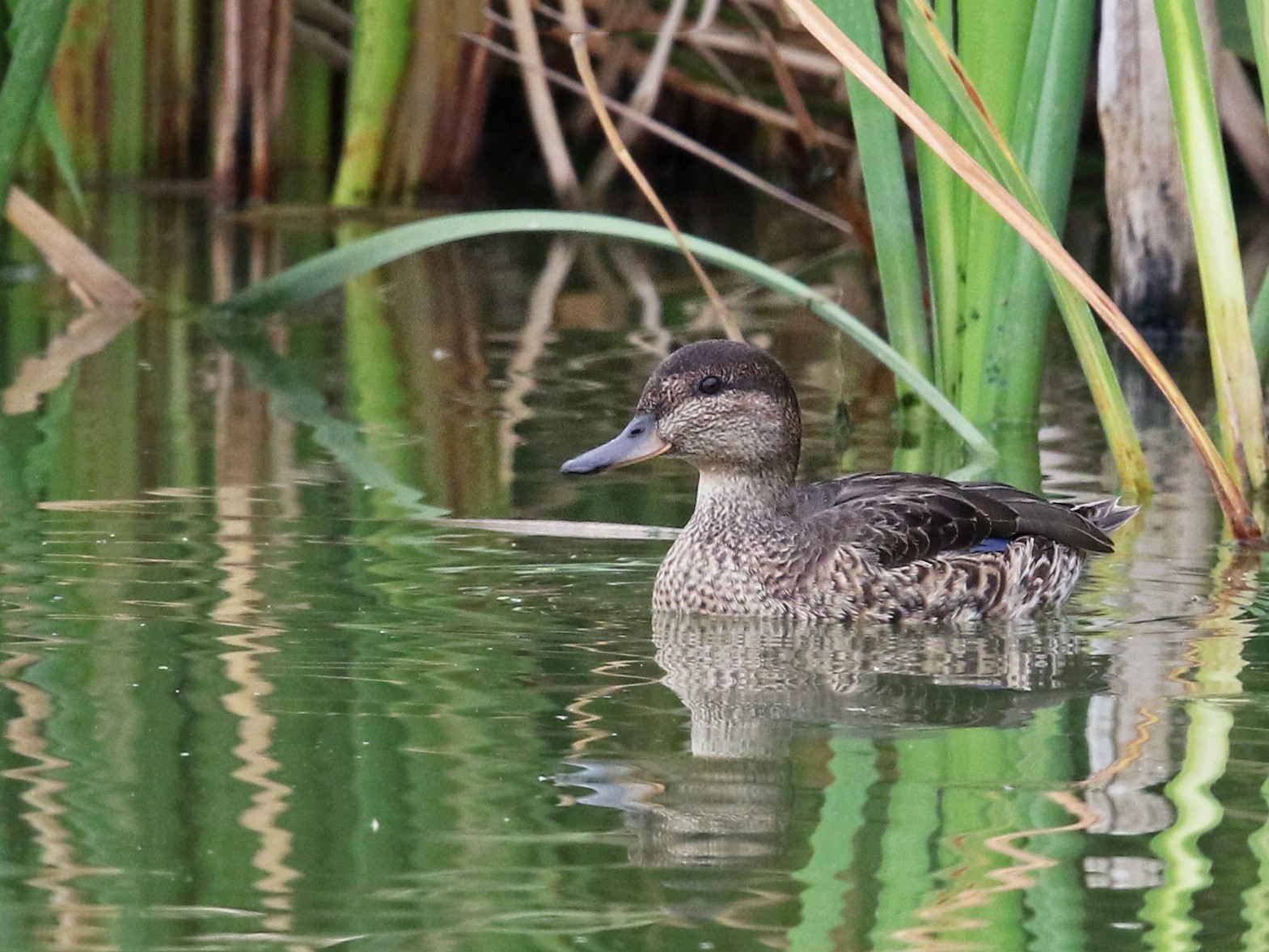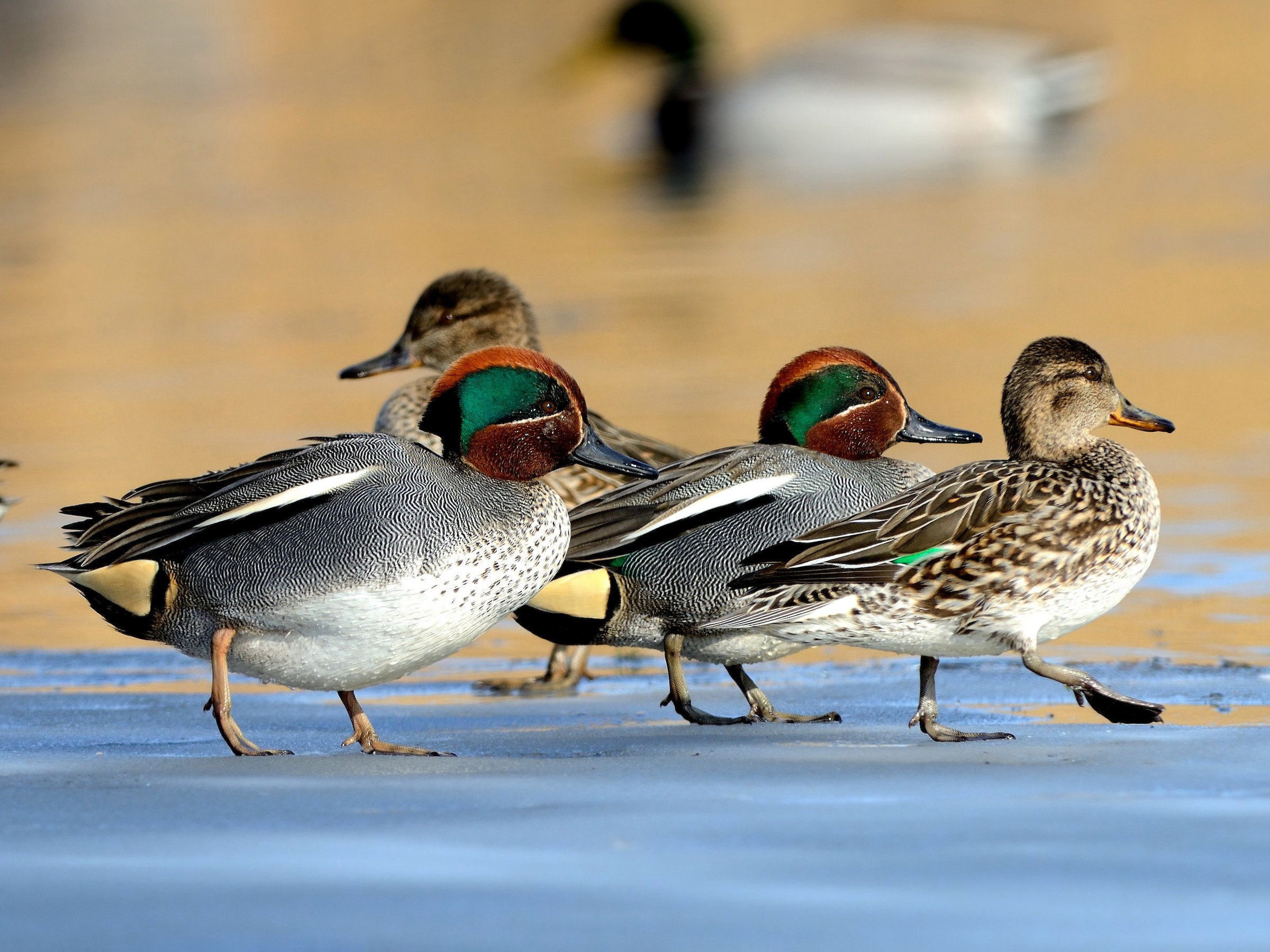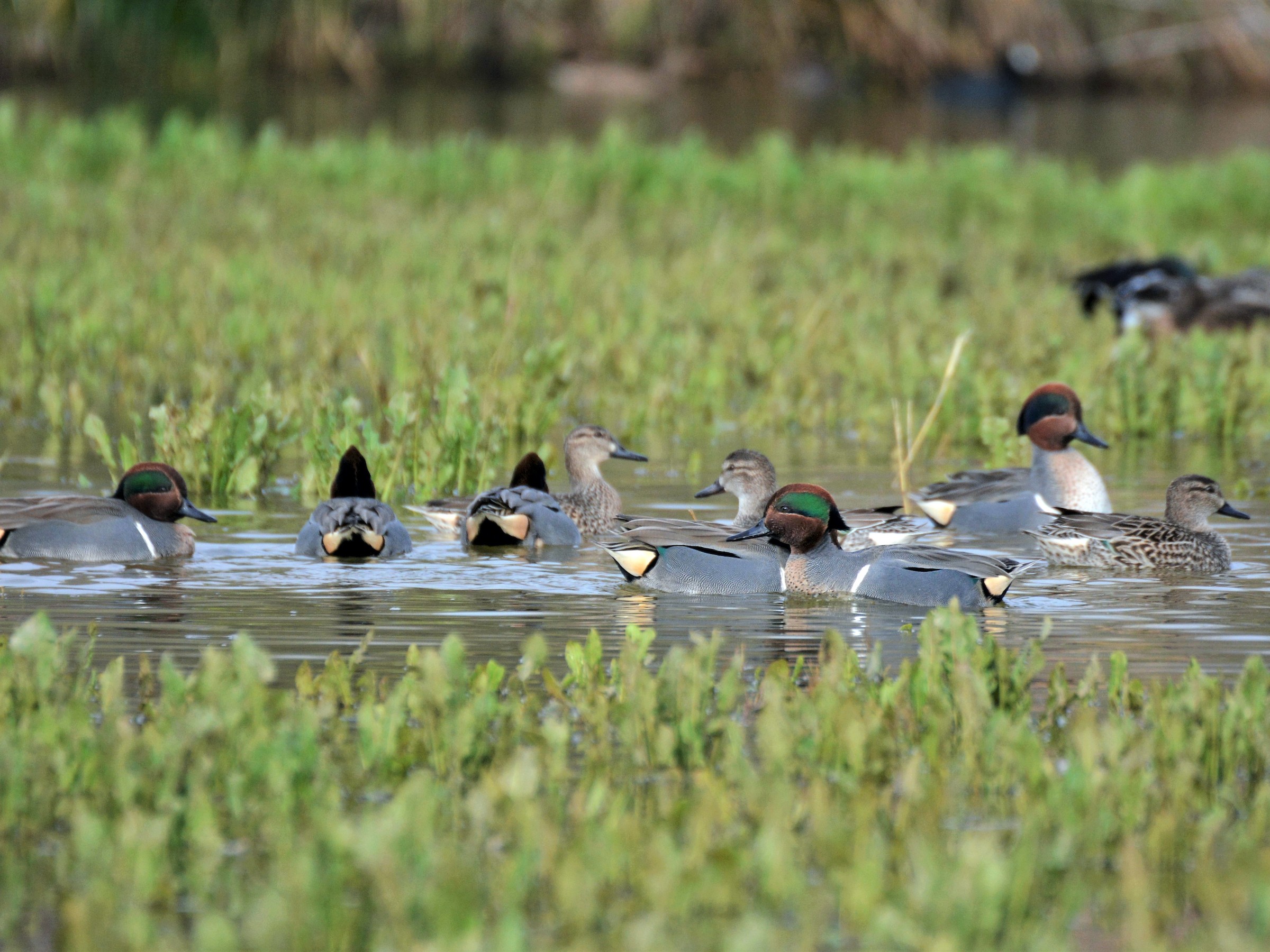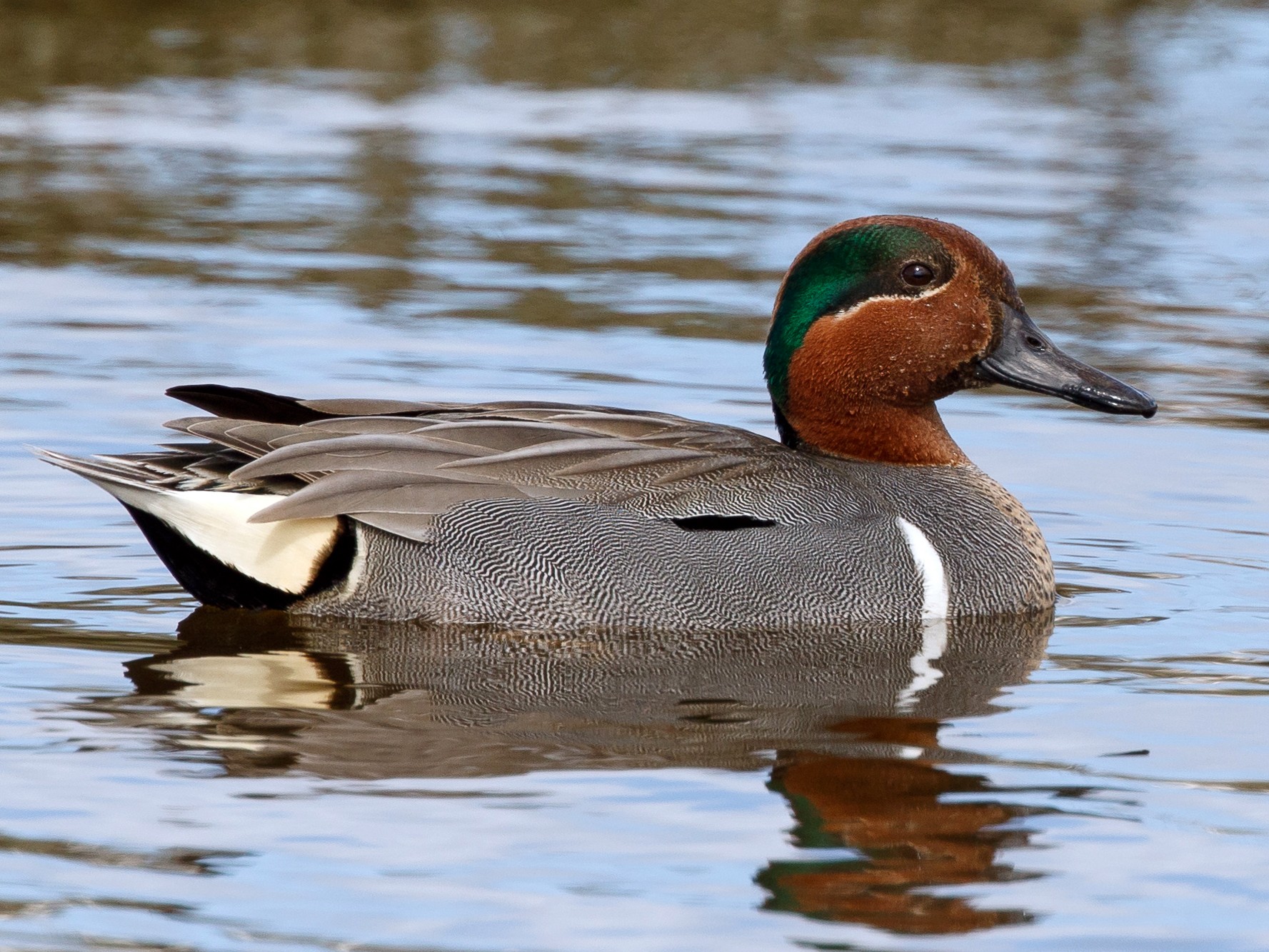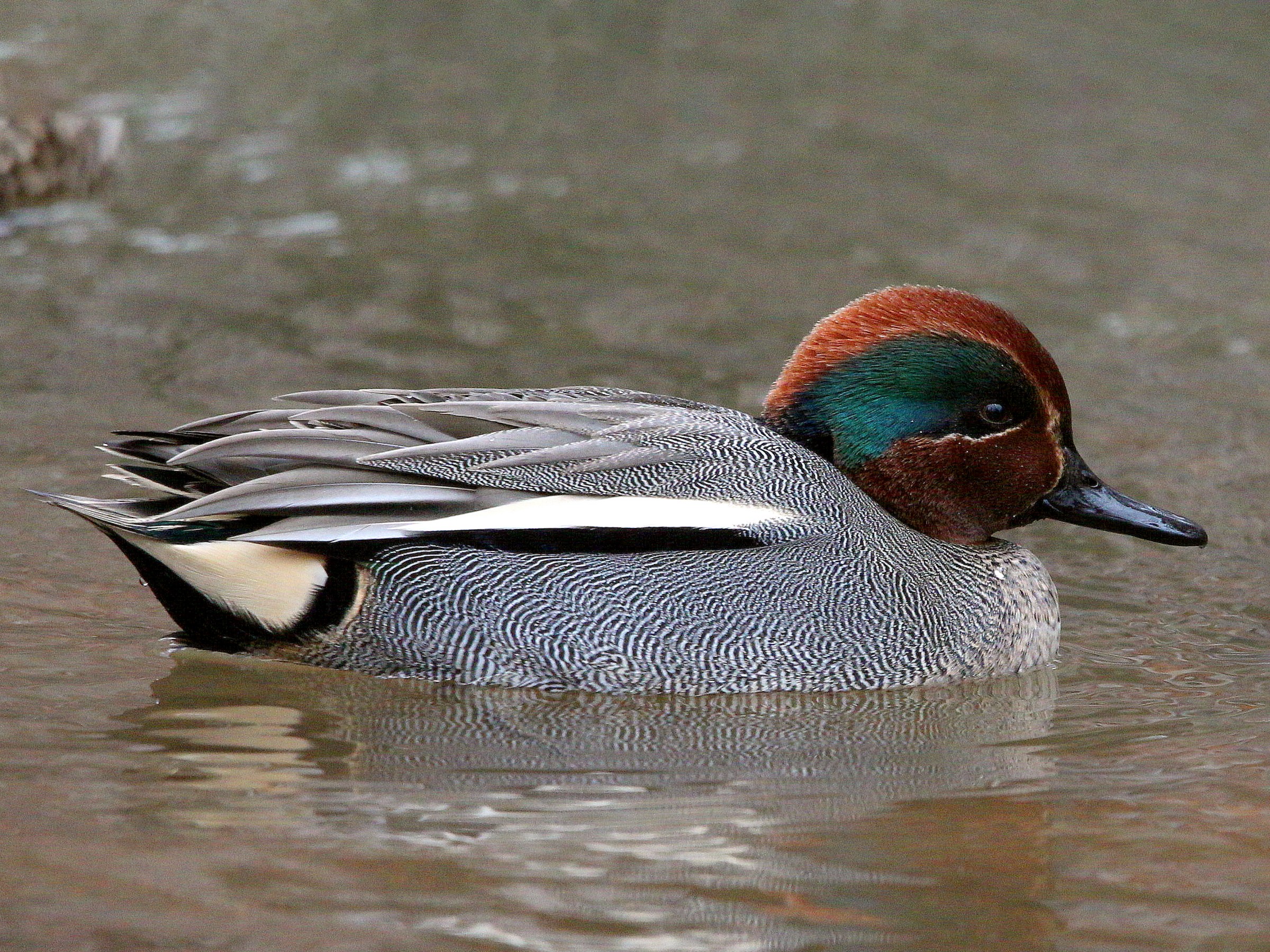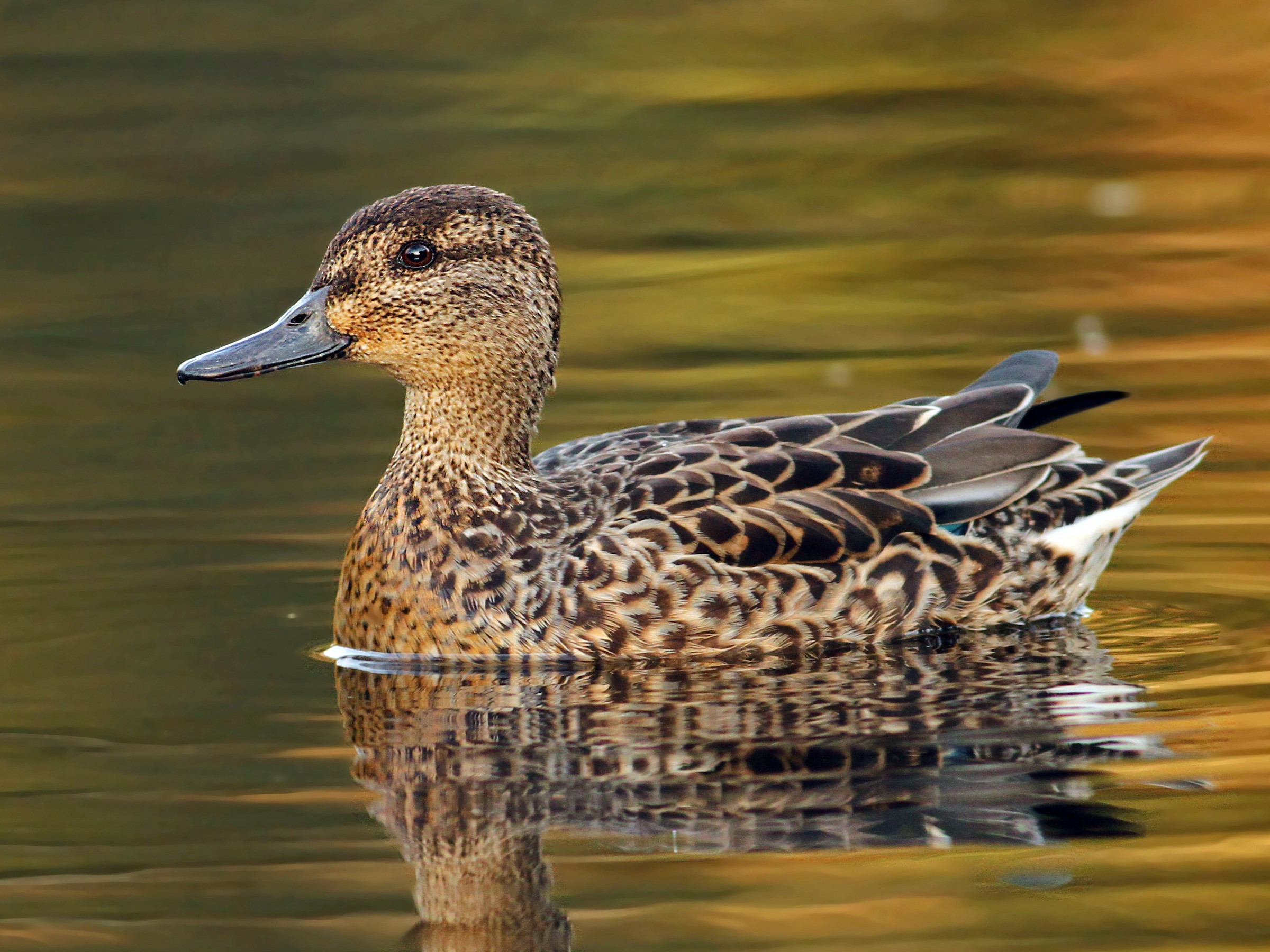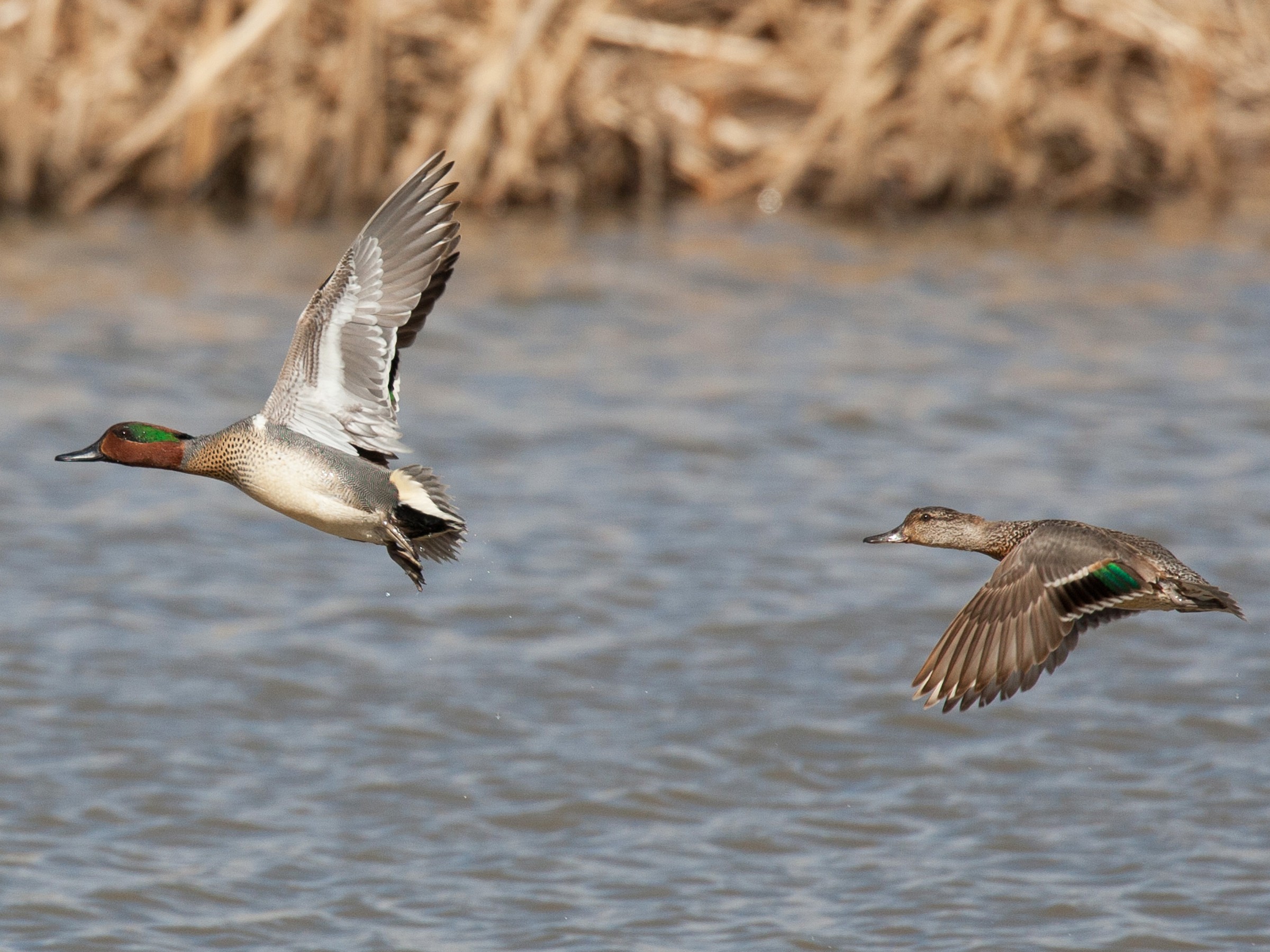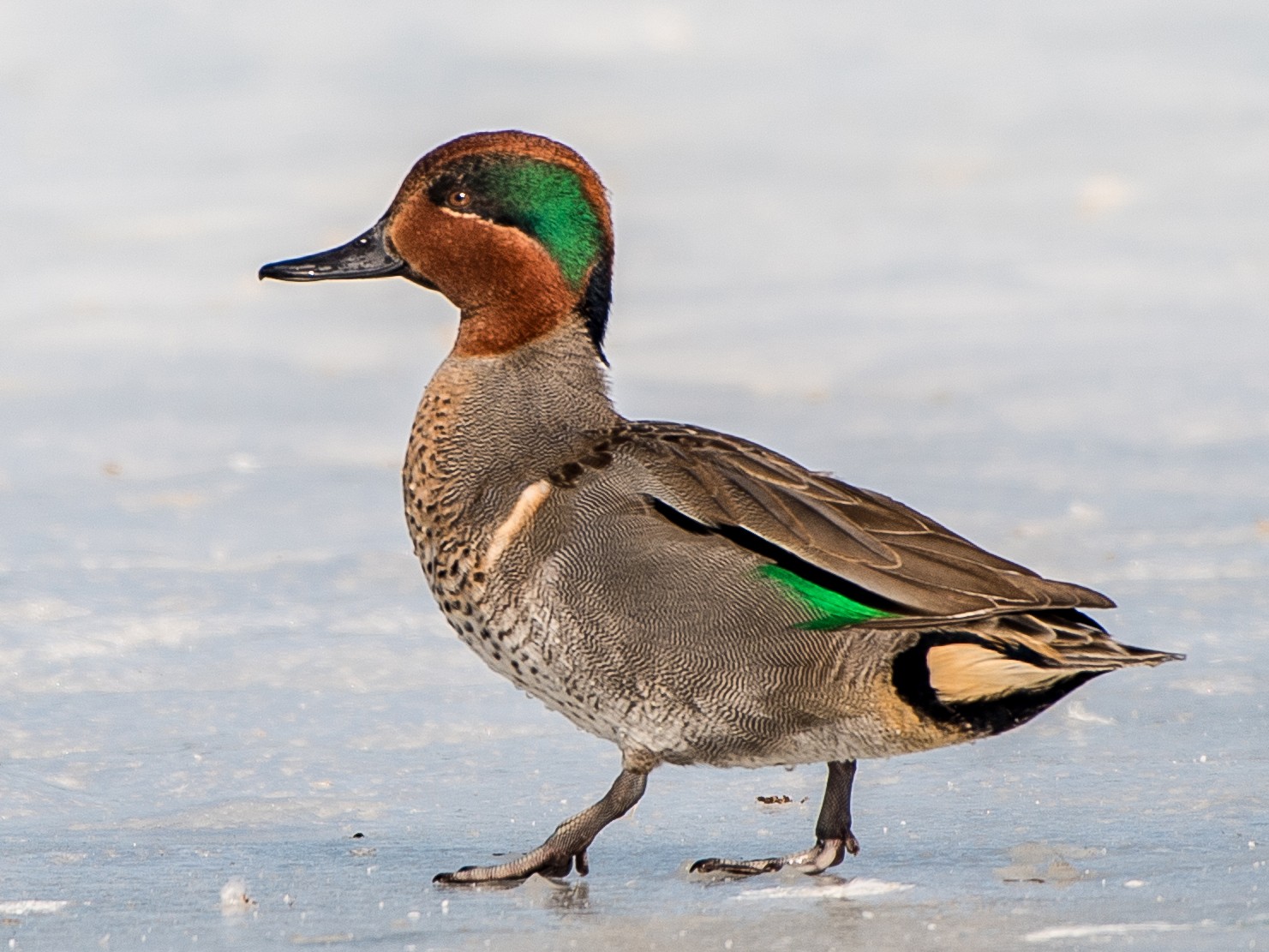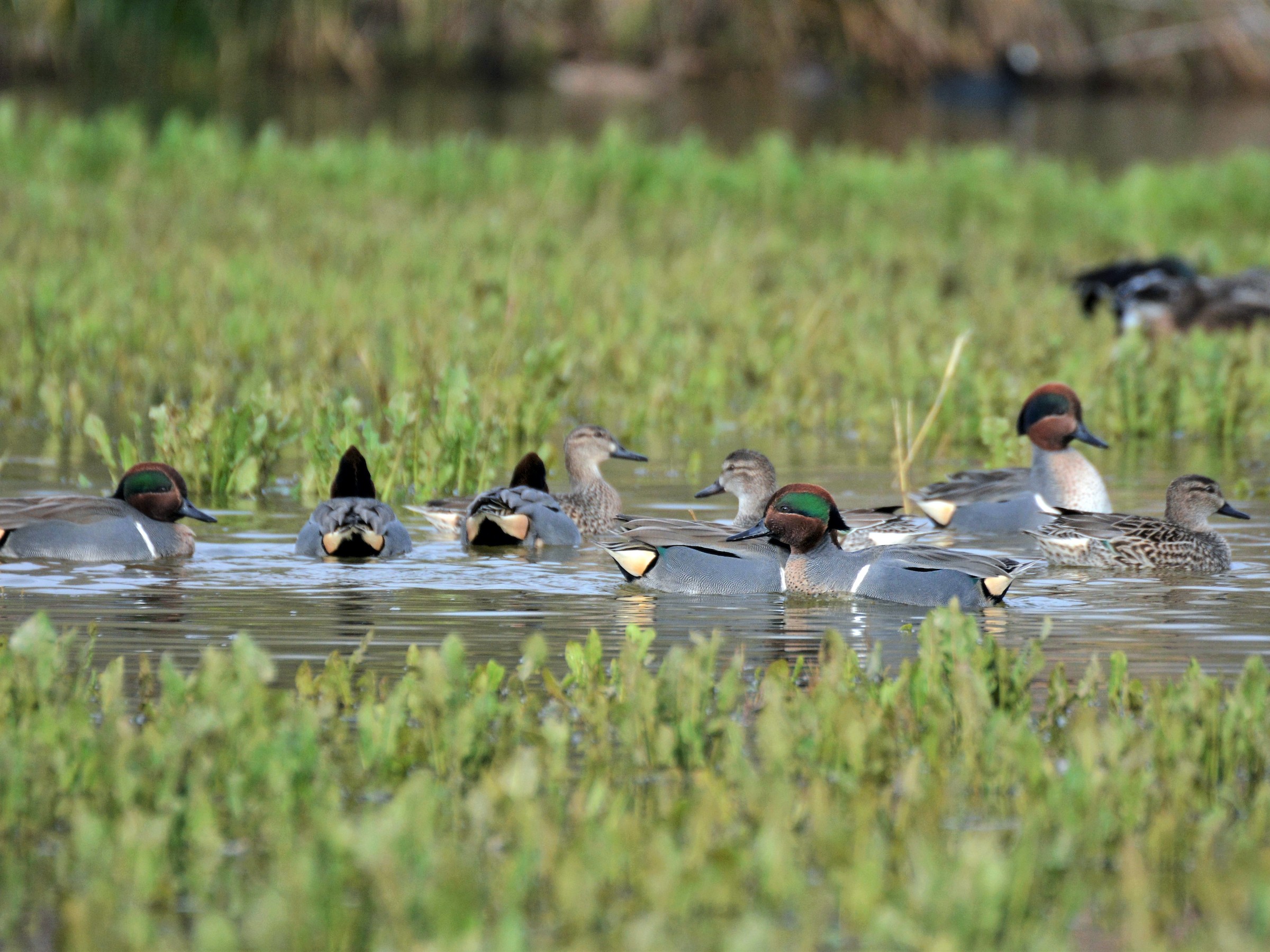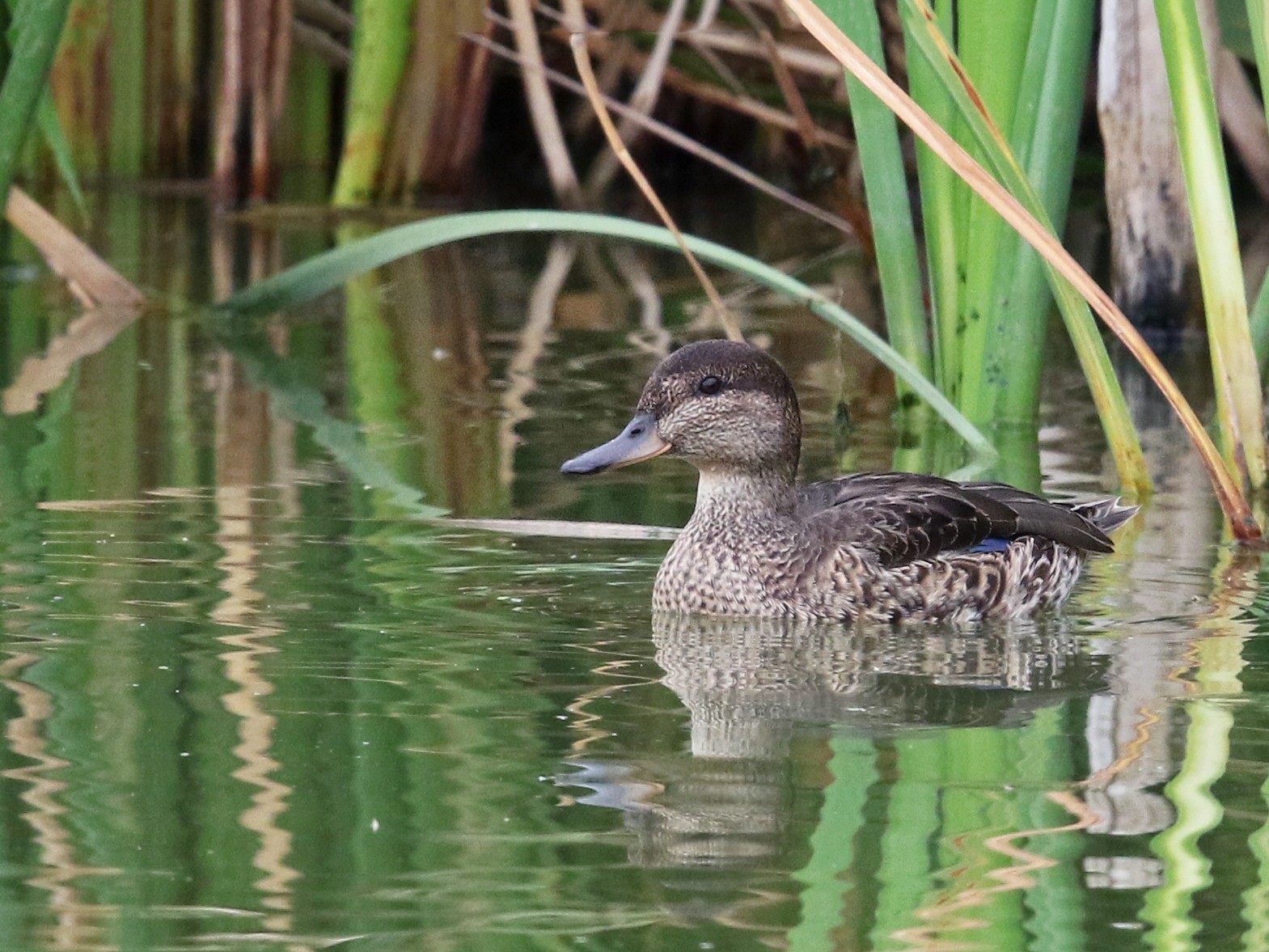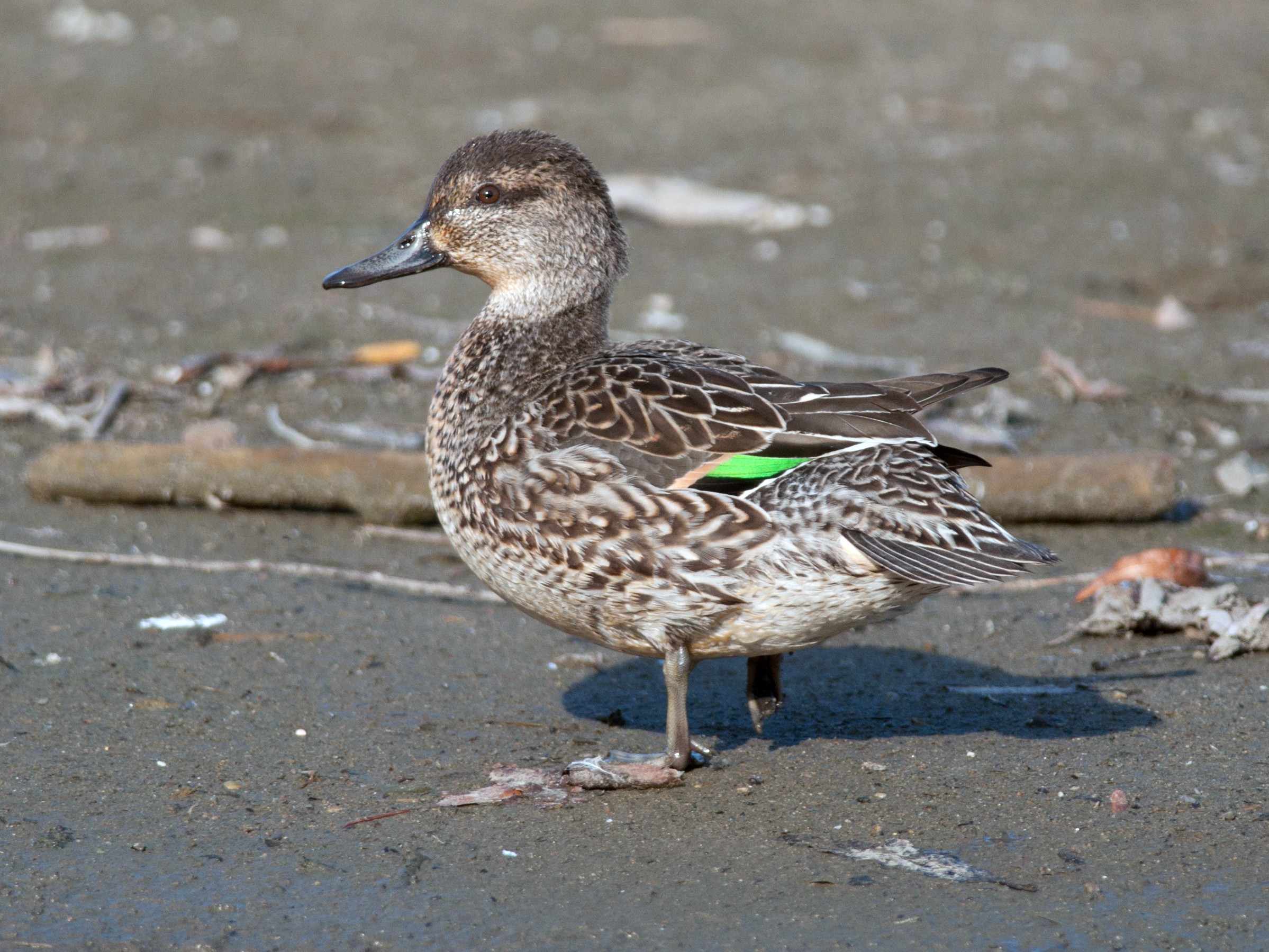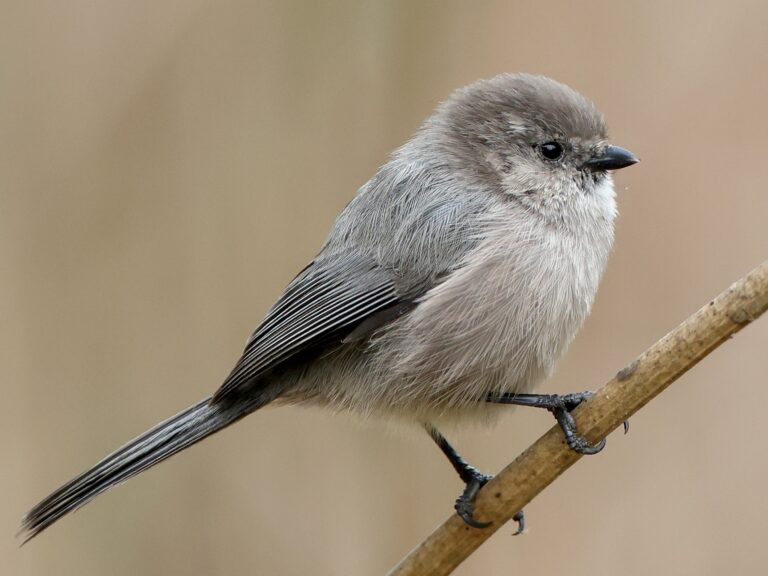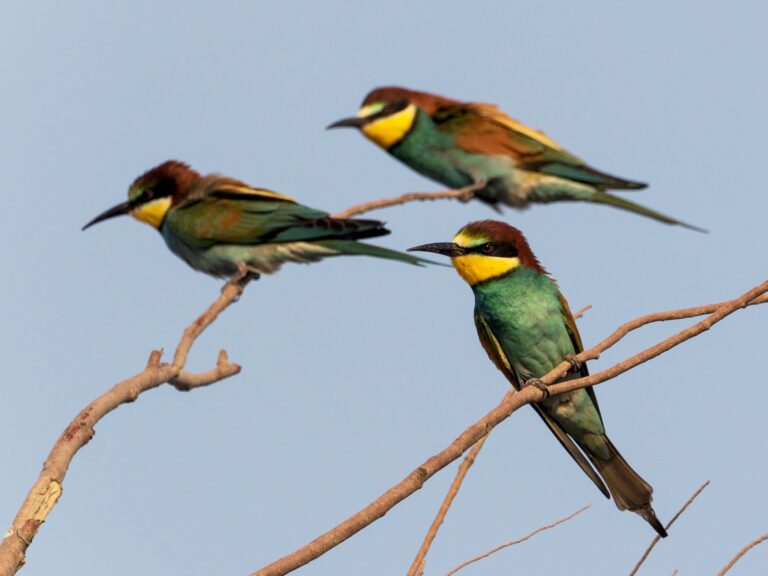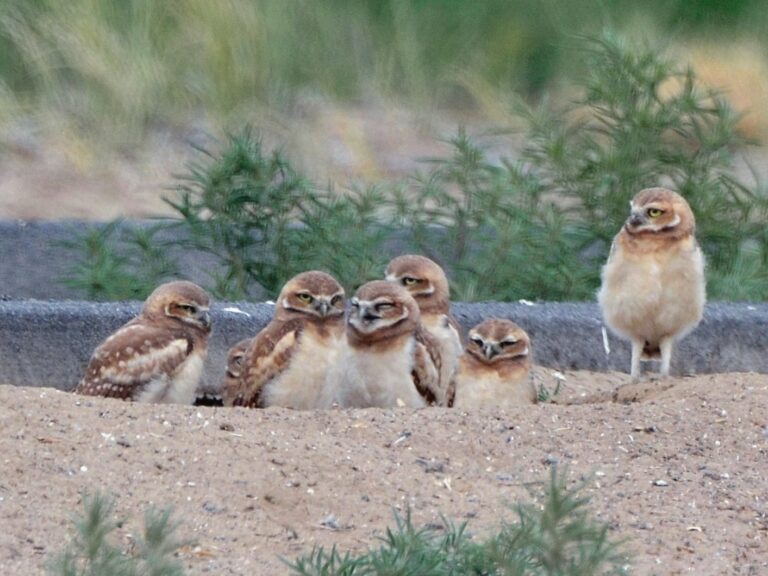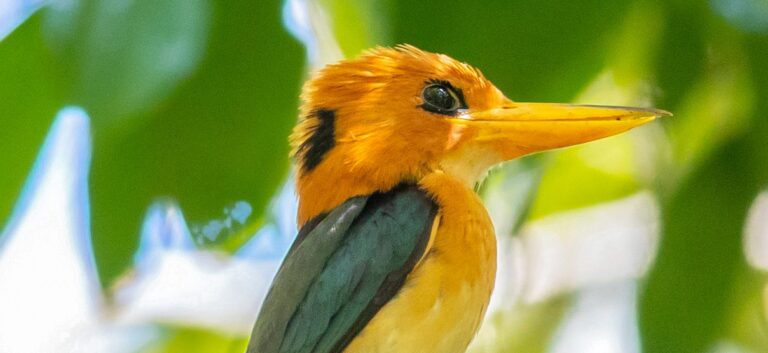Green-winged Teal: A Stunning Marvel of Wetland Habitats
The Green-winged Teal, known scientifically as Anas crecca, is the smallest duck species in North America. These vibrant birds are not only stunning to observe, but they also play a crucial role in wetland ecosystems across the continent. Their distinct green and white wing markings make them identifiable, but there’s much more to learn about their behavior, habitats, and migration patterns.
As migratory birds, Green-winged Teal travel vast distances to find suitable habitats. They are commonly found in shallow freshwater wetlands and are known to adapt well to various environments. These ducks have a diverse diet that includes aquatic plants, seeds, and small invertebrates, making them versatile foragers in their quest for food.
Understanding the challenges they face, including habitat loss and hunting, is crucial for their conservation. With their unique traits and behaviors, the Green-winged Teal serves as a fascinating subject for bird enthusiasts and conservationists alike, offering insights into the health of our natural environments.
Key Takeaways
- Green-winged Teal is the smallest duck in North America with distinct markings.
- They migrate to find freshwater wetlands suitable for feeding and breeding.
- Conservation efforts are essential to protect their habitats from destruction and hunting.
Physical Characteristics
The Green-winged Teal is a small dabbling duck known for its distinctive features, coloration and vocalizations. Understanding its size, appearance, and breeding plumage helps in identifying this species.
Size and Appearance
The Green-winged Teal is one of the smallest North American ducks. Adult males typically measure about 13 to 14 inches in length, with a wingspan of 24 to 26 inches. Females are similar in size but can appear slightly larger due to their body shape.
The male exhibits a striking appearance with a rich chestnut-brown head, accented by a green patch behind the eye. The body is gray with black and white markings. Females are more muted in color, featuring a mottled brown plumage that provides effective camouflage.
Key features include:
- Size: 13 to 14 inches long
- Wingspan: 24 to 26 inches
- Male coloration: Chestnut head, green patch
- Female coloration: Mottled brown for camouflage
Breeding Plumage
During the breeding season, male Green-winged Teals display vibrant plumage to attract females. Their striking pinkish-brown chest stands out, making them more visible. This chest coloration is complemented by their gray body and specific patterns on their wings.
The breeding plumage also features a bright green speculum, visible during flight. This characteristic adds to their attractiveness during courtship, helping to ensure mating success. After the breeding season, males molt into their eclipse plumage, which is duller and more similar to the females’ coloration.
In summary, the vibrant pinkish-brown chest and other markings play vital roles in mating rituals and species identification.
Habitat and Distribution
Green-winged Teal are found in various environments across North America and parts of Central America. Their distribution is strongly influenced by seasonal changes and habitat availability. These ducks thrive in wetlands, including ponds, marshes, and shallow streams, which provide essential resources for breeding and feeding.
North American Range
Green-winged Teal are widely distributed in North America. They breed in the northern regions, including parts of Minnesota, Nebraska, and Colorado. During the fall, they migrate south, seeking warmer climates.
In winter, many teal relocate to Central America and the southern United States, where they become winter residents. This migration helps them find optimal habitat and food sources during colder months.
The flexible range of the Green-winged Teal allows it to exploit various environments throughout the year.
Habitat Preference
Green-winged Teal prefer shallow water habitats that provide ample vegetation. This includes ponds, marshes, and shallow streams where they can forage for food. Tall grass areas adjacent to these wetlands offer cover and nesting opportunities.
During the breeding season, they select sites with dense plant growth, which provides safety for their young. These ducks feed primarily on grains, seeds, and aquatic invertebrates found in their preferred habitats.
Understanding their habitat needs is crucial for conservation efforts, as these environments support their breeding and survival.
Diet and Foraging
Green-winged Teal have a varied diet that changes based on their habitat and the availability of food sources. Their foraging behavior reflects their adaptability in different environments.
Typical Diet
The diet of Green-winged Teal mainly consists of plant material and small animals. They are known to eat:
- Seeds: Various aquatic plants provide a significant portion of their diet.
- Insects: They consume a variety of insects during warmer months, which are rich in protein.
- Mollusks: Small snails and other mollusks are also a food source, especially in wetlands.
These birds are classified as dabbling ducks, allowing them to forage in shallow water using their distinctive feeding technique. They commonly tip forward, exposing their tails, while reaching for food below the surface.
Foraging Behavior
Green-winged Teal are active foragers and adapt their behavior based on their environment. In wetlands, they can often be seen:
- Dabbling: They forage by dipping their heads into the water and browsing for submerged plants and small animals.
- Grazing: On land, particularly during migration, they will graze on newly sprouted crops and seeds.
During spring migration, they may shift their diet to include more insects as they look for high-energy food sources. This adaptability helps them maintain energy levels and ensure survival in varying conditions. The birds often forage in groups, which increases their efficiency in finding food.
Breeding and Reproduction
Green-winged Teal have distinct courtship behaviors, nesting habits, and parental care for their ducklings. Understanding these aspects provides insight into their reproductive success.
Courtship and Pairing
During early spring, male Green-winged Teal display vibrant colors and engaging behaviors to attract females. Courtship often includes elaborate displays such as head bobbing, whistling, and turning. Males will perform low aerial flights to impress potential mates.
Once a female is attracted, pair bonding begins. This bond can last for the breeding season. Males may defend their territory from rivals to establish dominance. After pairing, they will search for suitable nesting sites, often close to water sources.
Nesting Habits
Nesting usually occurs in dense vegetation near wetlands, marshes, or grasslands. Female Green-winged Teal select hidden locations to provide safety for their eggs. They often use grasses, reeds, and other materials to create a well-camouflaged nest.
The nest is typically built on the ground, lined with soft down feathers to provide warmth for the eggs. A female can lay between 7 to 12 eggs, which she will then cover with down when leaving the nest to minimize exposure.
Incubation and Ducklings
After laying eggs, the female starts incubation, which lasts about 21 to 28 days. During this time, she leaves the nest only briefly for feeding. The male usually does not participate in incubation and may migrate elsewhere.
Once the eggs hatch, the ducklings are precocial, meaning they are relatively mature and can walk and swim shortly after birth. They quickly follow their mother to water, where they learn to forage for food. The mother protects them from predators as they adapt to their environment.
Migration Patterns
Green-winged Teal are known for their distinct seasonal movements and well-defined migration routes. These behaviors are crucial for their survival, impacting their breeding and feeding.
Seasonal Movements
Green-winged Teal typically migrate in early spring. They leave their wintering grounds in search of breeding habitats.
During migration, they may travel thousands of miles to reach nesting areas. Most teal depart from their winter territories in late February to early March. They seek out regions with open water and abundant food sources as they move north.
The return journey to wintering grounds begins in late autumn. They often start migrating south in late September to October. By this time, they have completed their breeding cycle and are preparing for winter.
Migration Routes
Green-winged Teal follow specific migration routes to ensure safe travel. In North America, they often migrate along the Mississippi Flyway and the Pacific Flyway.
These routes provide access to various wetland habitats, essential for foraging during the journey.
The species uses key stopover sites to rest and feed. These areas are critical for maintaining energy levels.
In Europe and Asia, the Eurasian Green-winged Teal also follows established paths, focusing on wetlands and lakes.
Understanding these migration patterns helps in the conservation efforts aimed at protecting their habitats.
Conservation Status
The Green-winged Teal (Anas carolinensis) is a small dabbling duck found primarily in North America. Its conservation status varies by region, but it is generally considered to be of “Least Concern” by the IUCN.
Population trends indicate fluctuations, largely due to habitat loss and hunting. Wetland conservation is crucial for sustaining populations. Many breeding areas face pressure from agricultural development and urbanization.
Conservation Efforts:
- Habitat Protection: Efforts are in place to preserve wetlands where these ducks breed and migrate.
- Hunting Regulations: Regulations help manage hunting pressure on the Green-winged Teal.
Related Species:
The Common Teal (Anas crecca) is similar in appearance and is also monitored for conservation efforts. These species often share habitats, making conservation strategies beneficial for both.
Monitoring programs track population size and health. Studies have shown that conserving habitats leads to healthier environments for the Green-winged Teal and other wetland species.
It is vital to continue conservation actions to ensure the stability of the Green-winged Teal populations in the face of ongoing environmental challenges.
Frequently Asked Questions
Green-winged Teals are small dabbling ducks known for their unique plumage and behavior. Many people have questions about their appearance, habitat, and habits.
What distinguishes a male Green-winged Teal from a female?
Male Green-winged Teals have striking green and brown plumage, with a distinctive green stripe on their heads and a white vertical stripe on their wings. In contrast, females are mostly mottled brown with a more subtle appearance, making them less noticeable in their habitat.
How does the Green-winged Teal differ from the Eurasian Teal?
The Green-winged Teal, or Anas carolinensis, is often smaller than the Eurasian Teal. While both species have similar features, the Green-winged Teal has a characteristic green patch, while the Eurasian Teal has a broader white stripe along the wing. Their calls and migration patterns also differ.
Can you describe the preferred habitat of the Green-winged Teal?
Green-winged Teals prefer shallow wetlands, marshes, and ponds with abundant vegetation. They often seek habitats with open water surrounded by grassy or muddy areas, which provide them with the food and shelter they need.
What are the feeding habits of the Green-winged Teal?
Green-winged Teals primarily feed on seeds, aquatic plants, and small invertebrates. They are dabbling ducks, meaning they feed by tipping forward in the water to reach food near the surface, allowing them to take advantage of various food sources.
Which predators commonly prey on Green-winged Teals?
Common predators of Green-winged Teals include foxes, raccoons, and various birds of prey such as hawks and eagles. Their nests and young are particularly vulnerable to these predators, especially in areas with dense vegetation.
What are the migration patterns of the Green-winged Teal?
Green-winged Teals migrate seasonally between breeding grounds in North America and wintering areas in the southern United States and Mexico. They typically follow specific flyways, making them an important species to monitor for conservation efforts.
